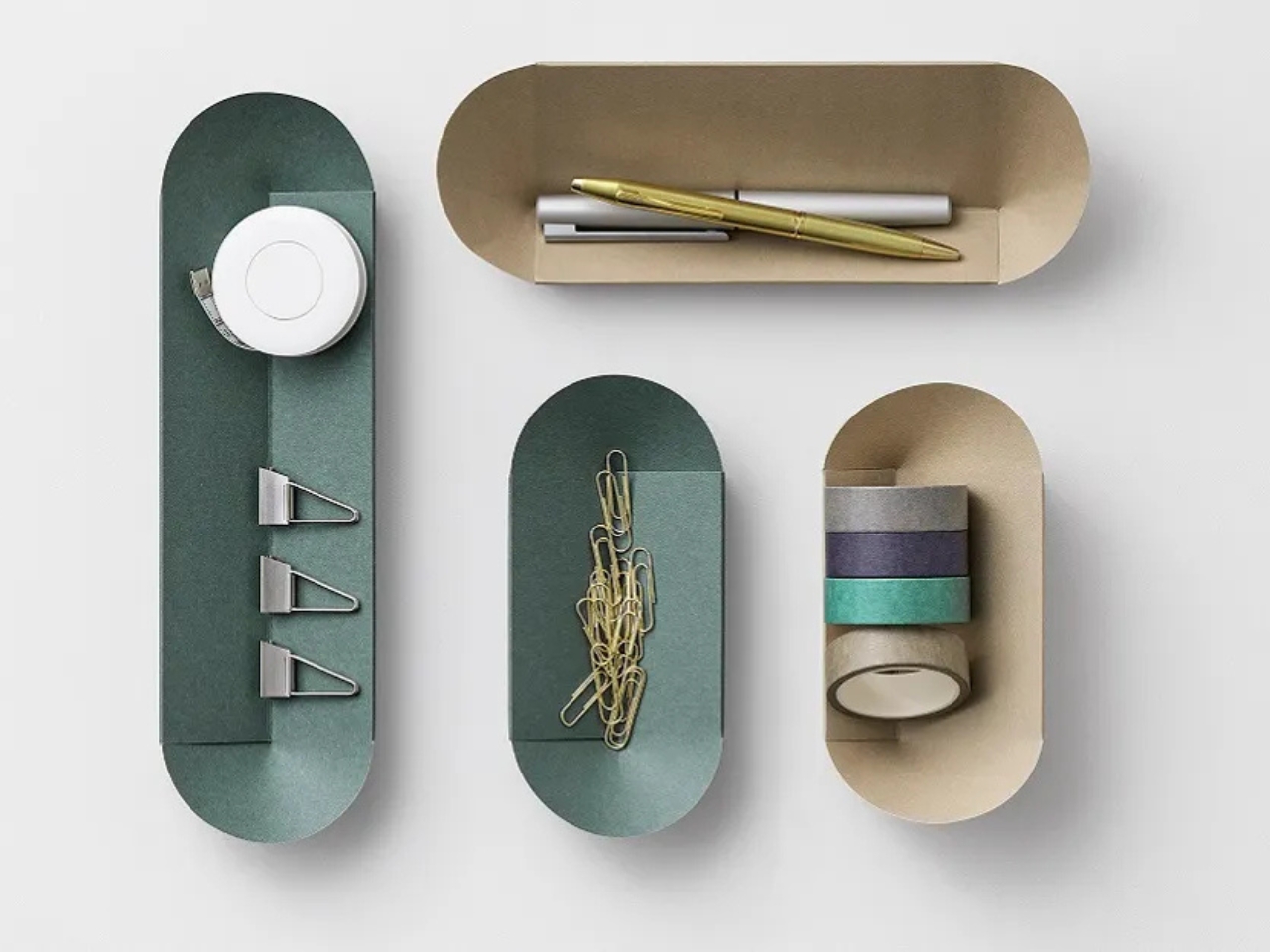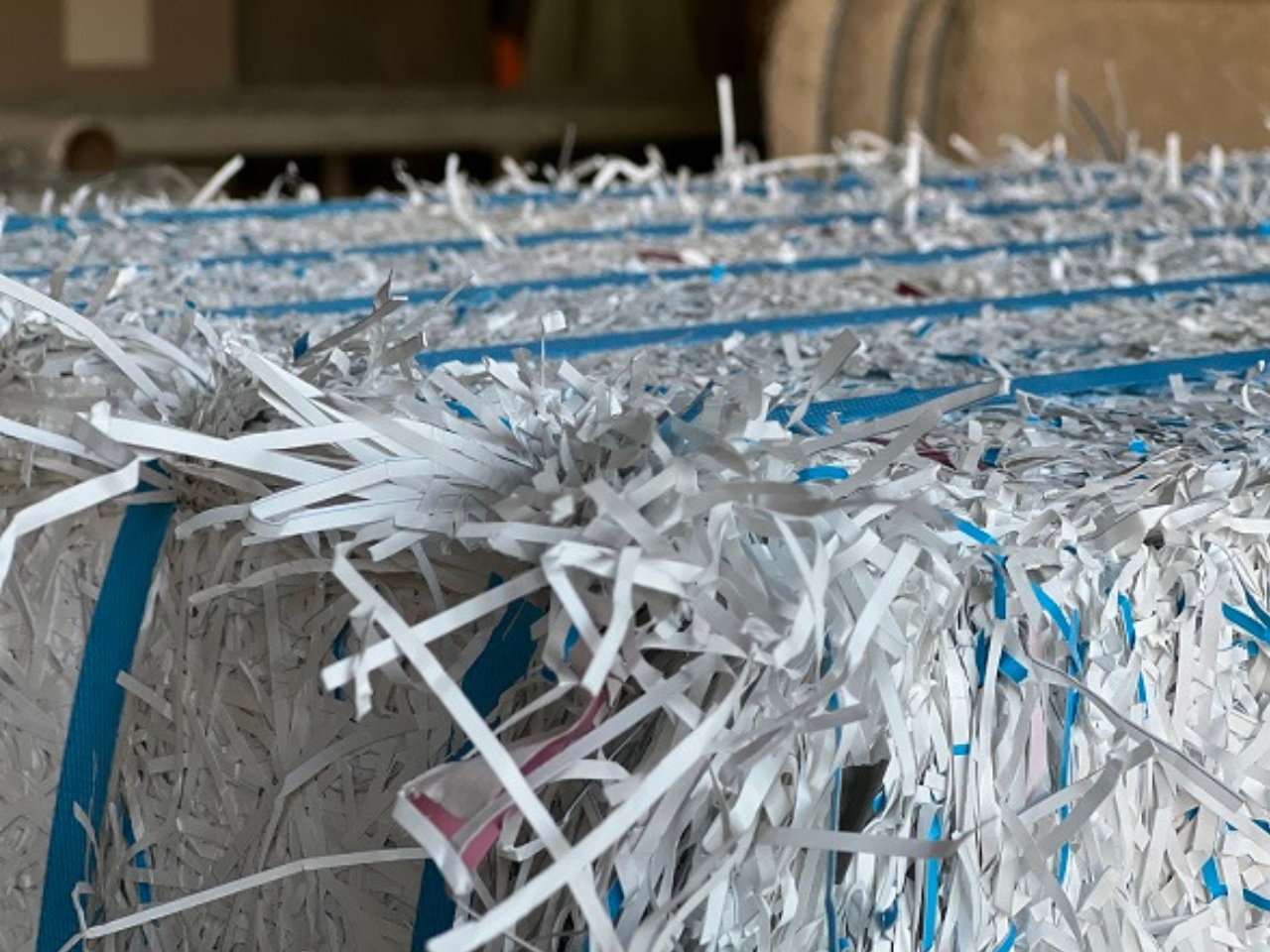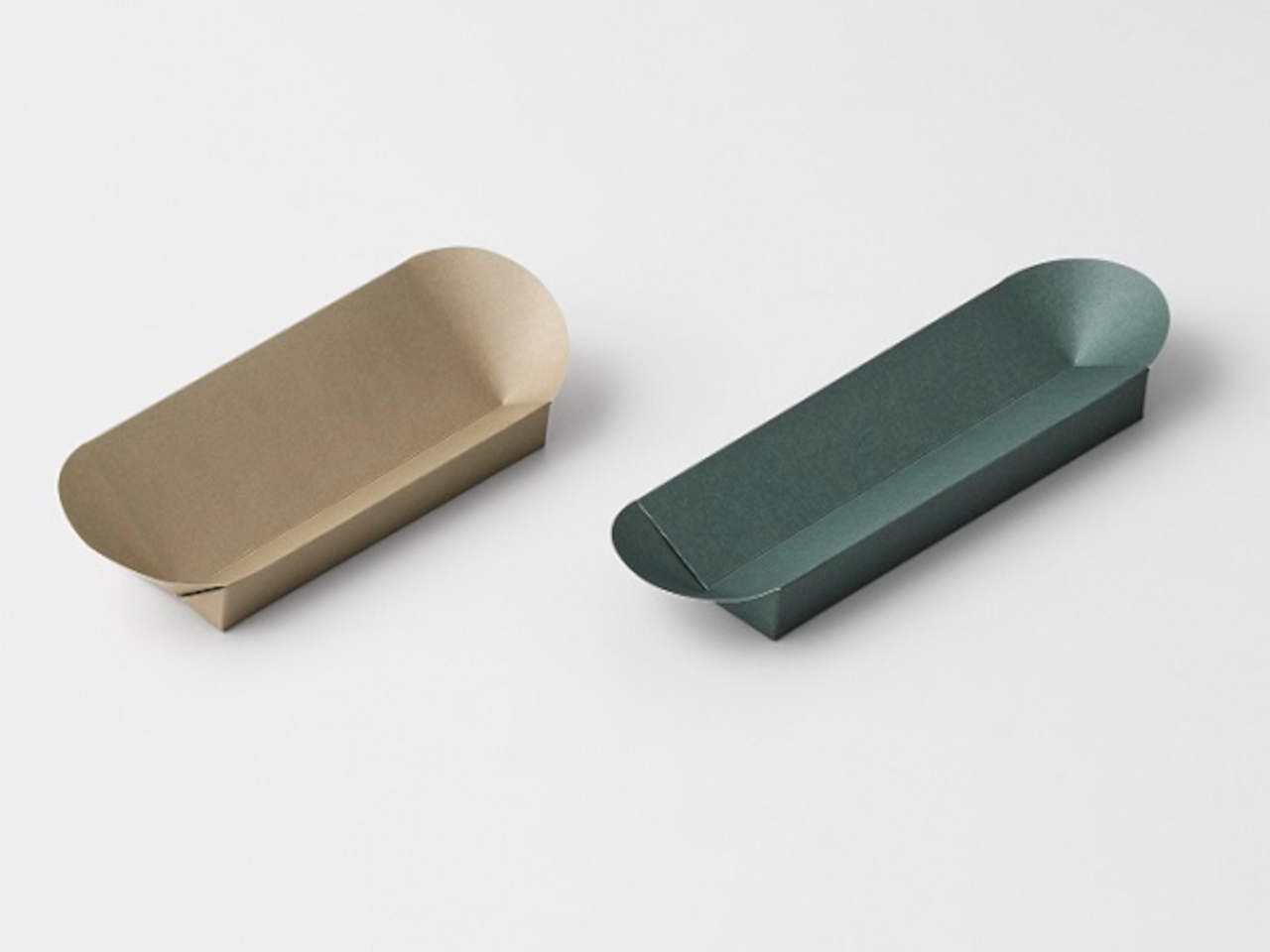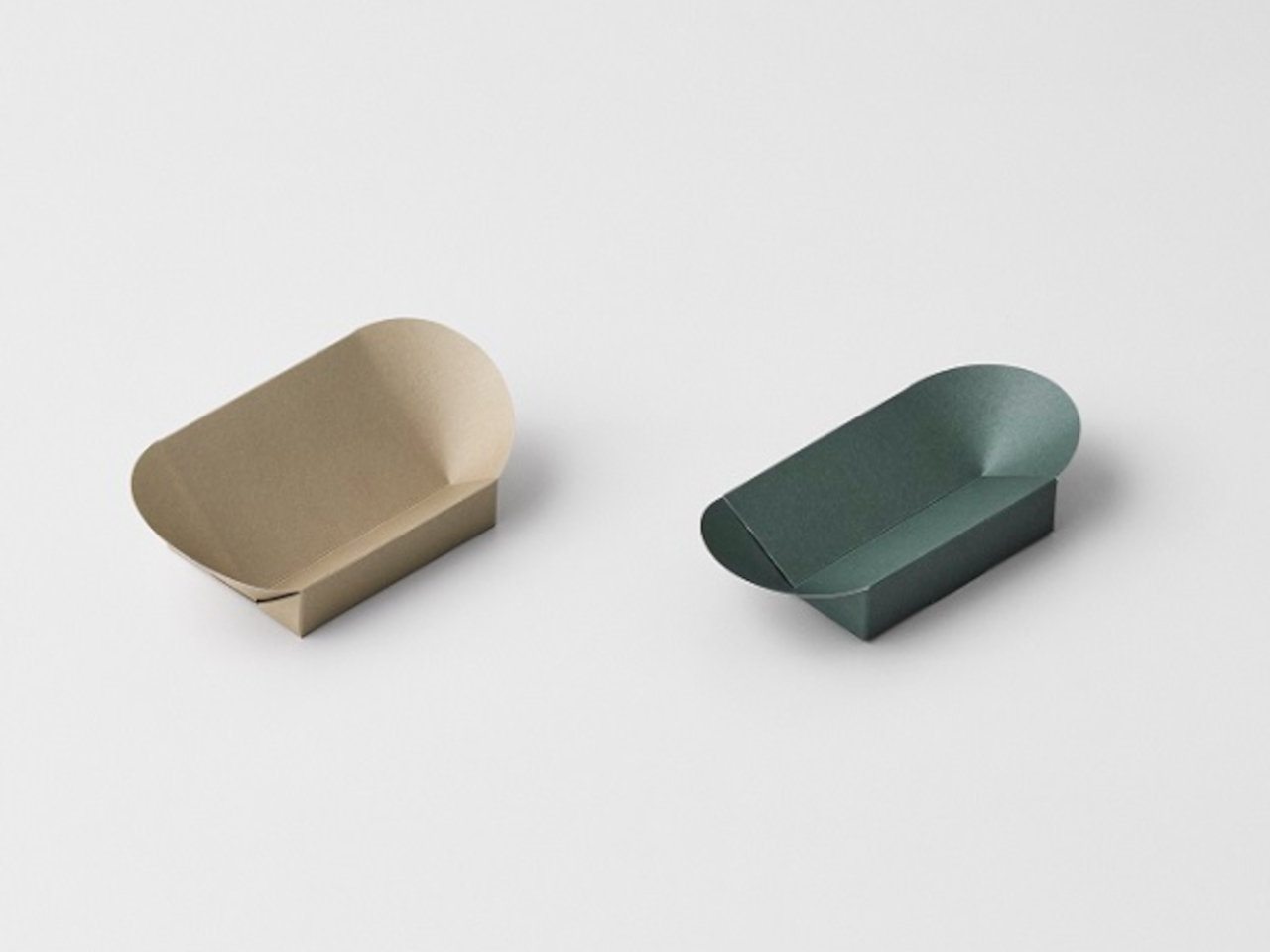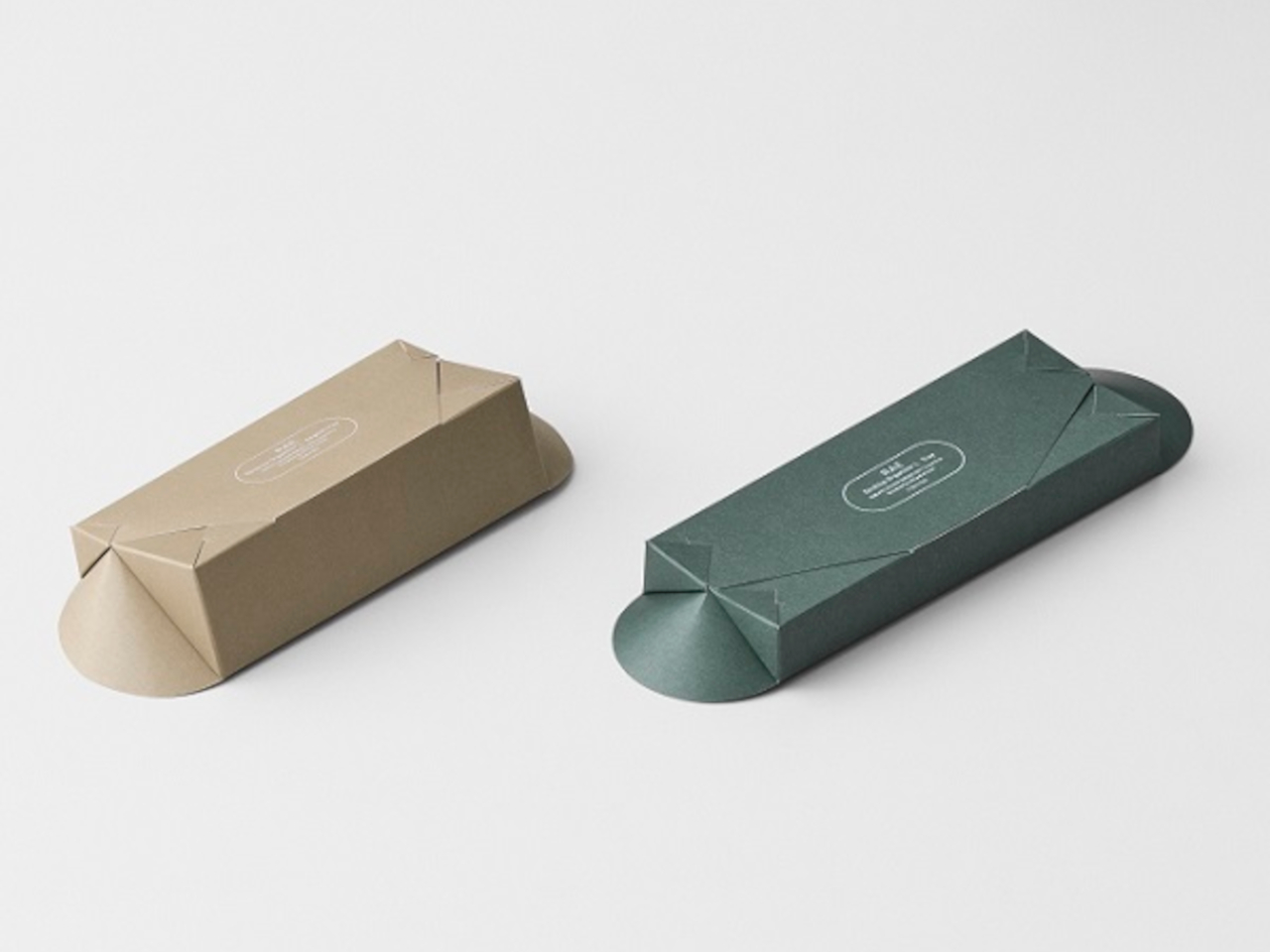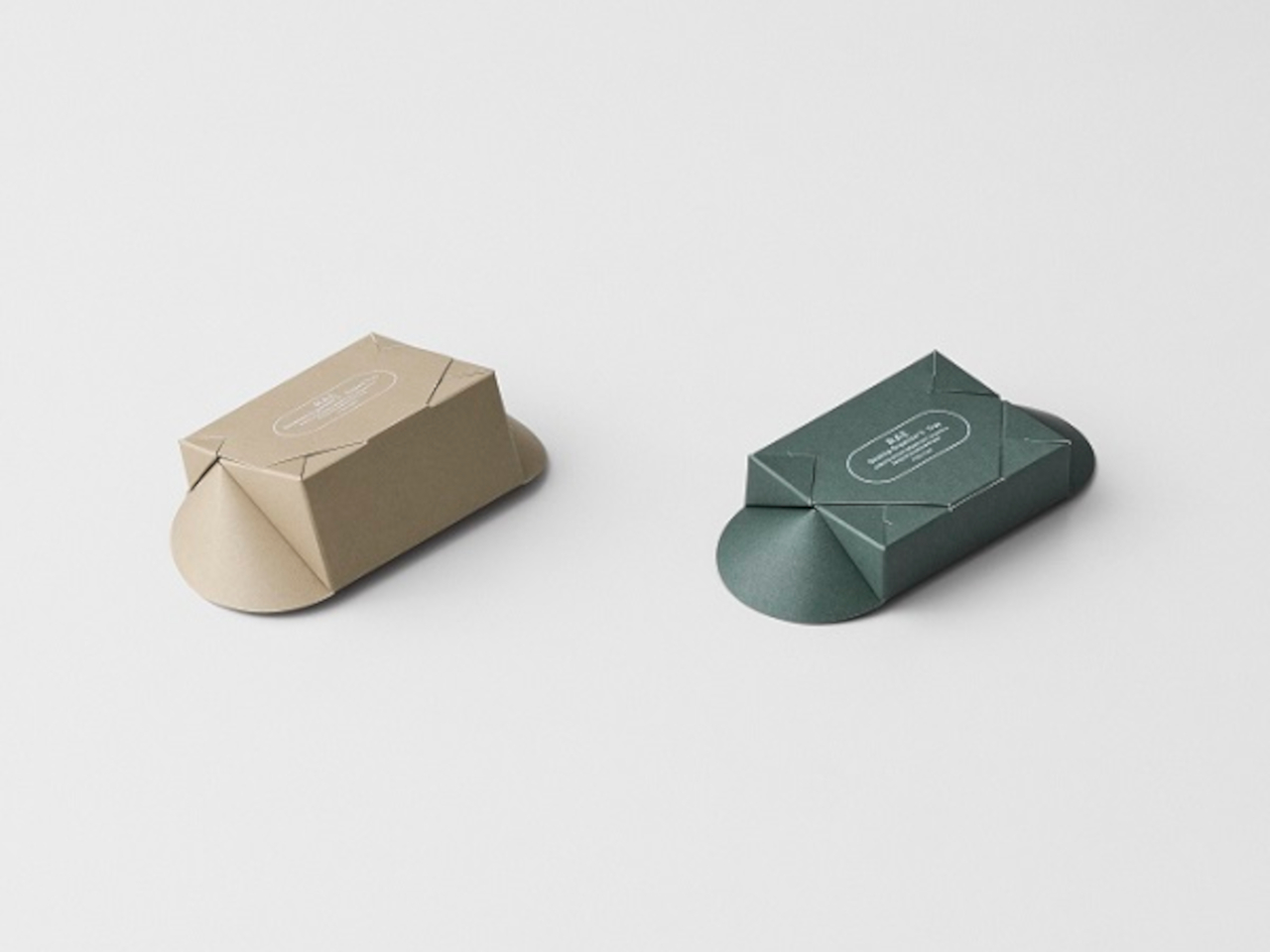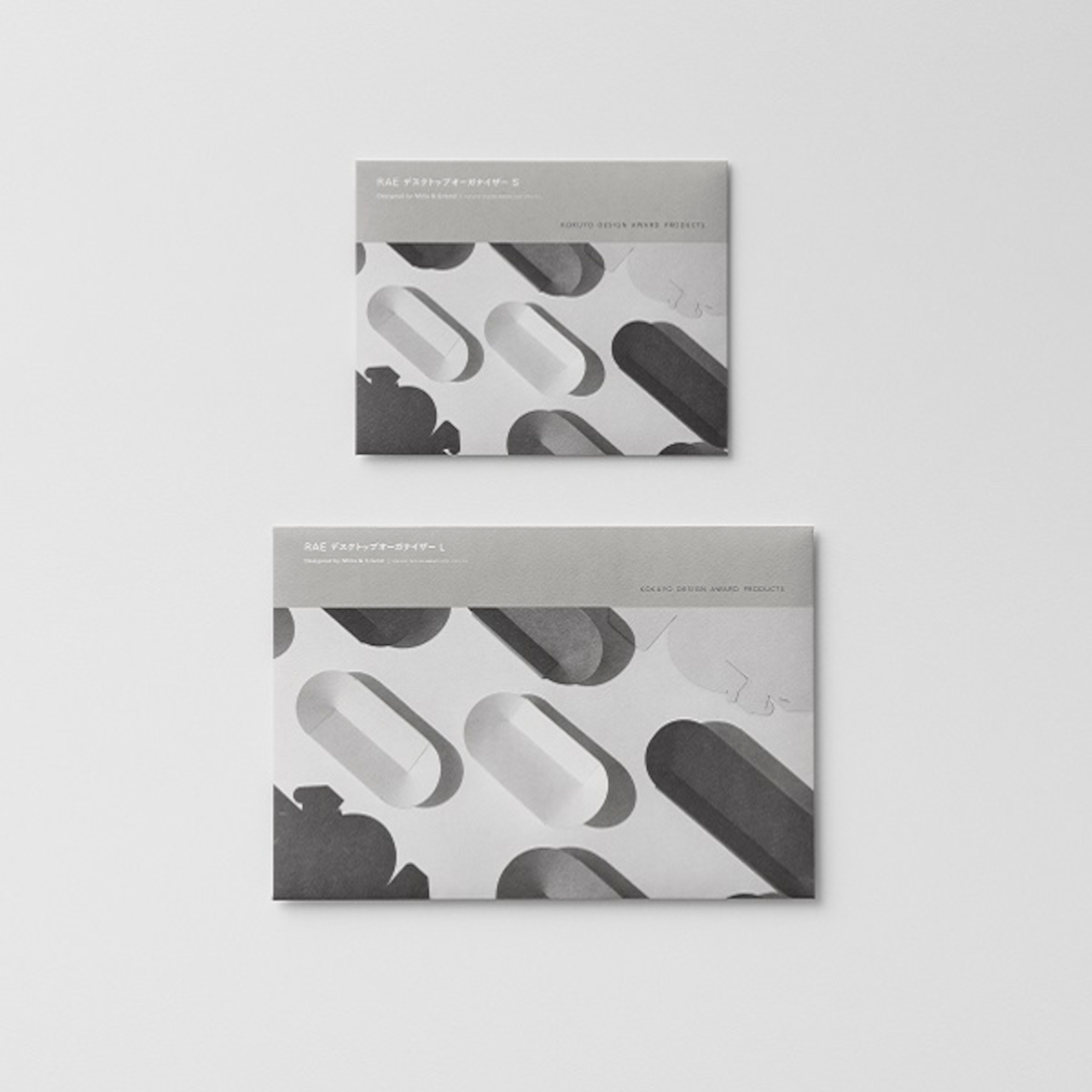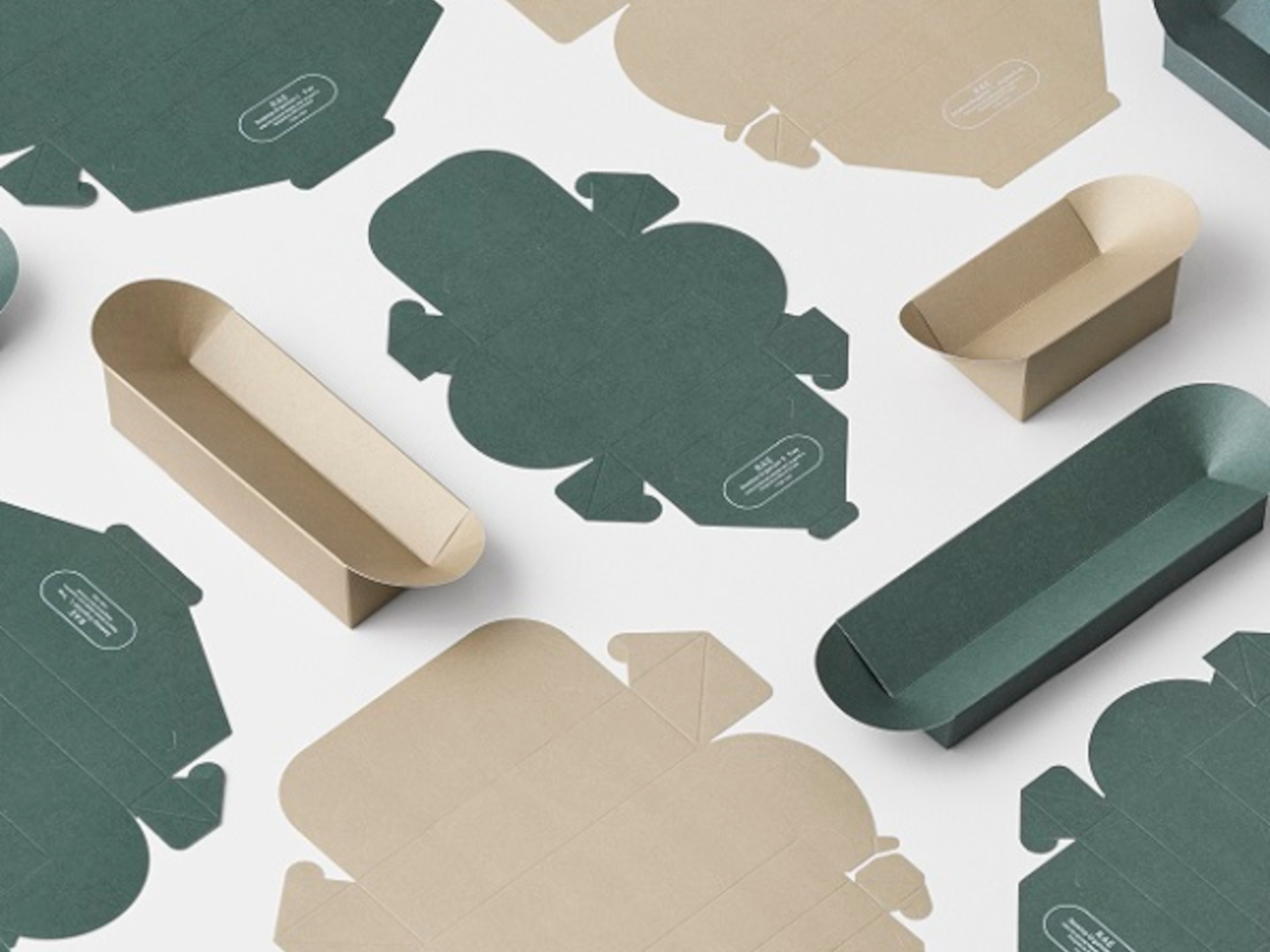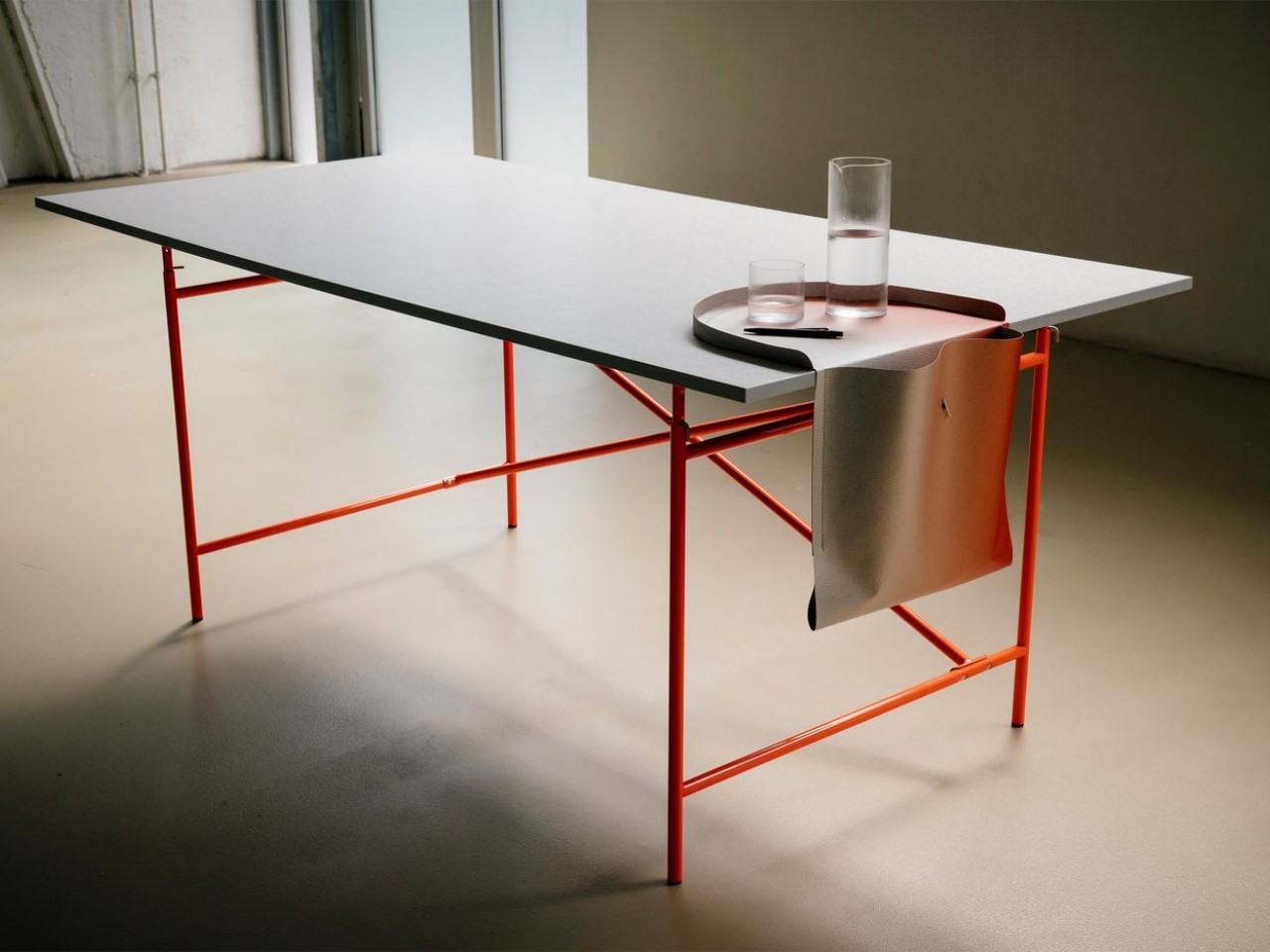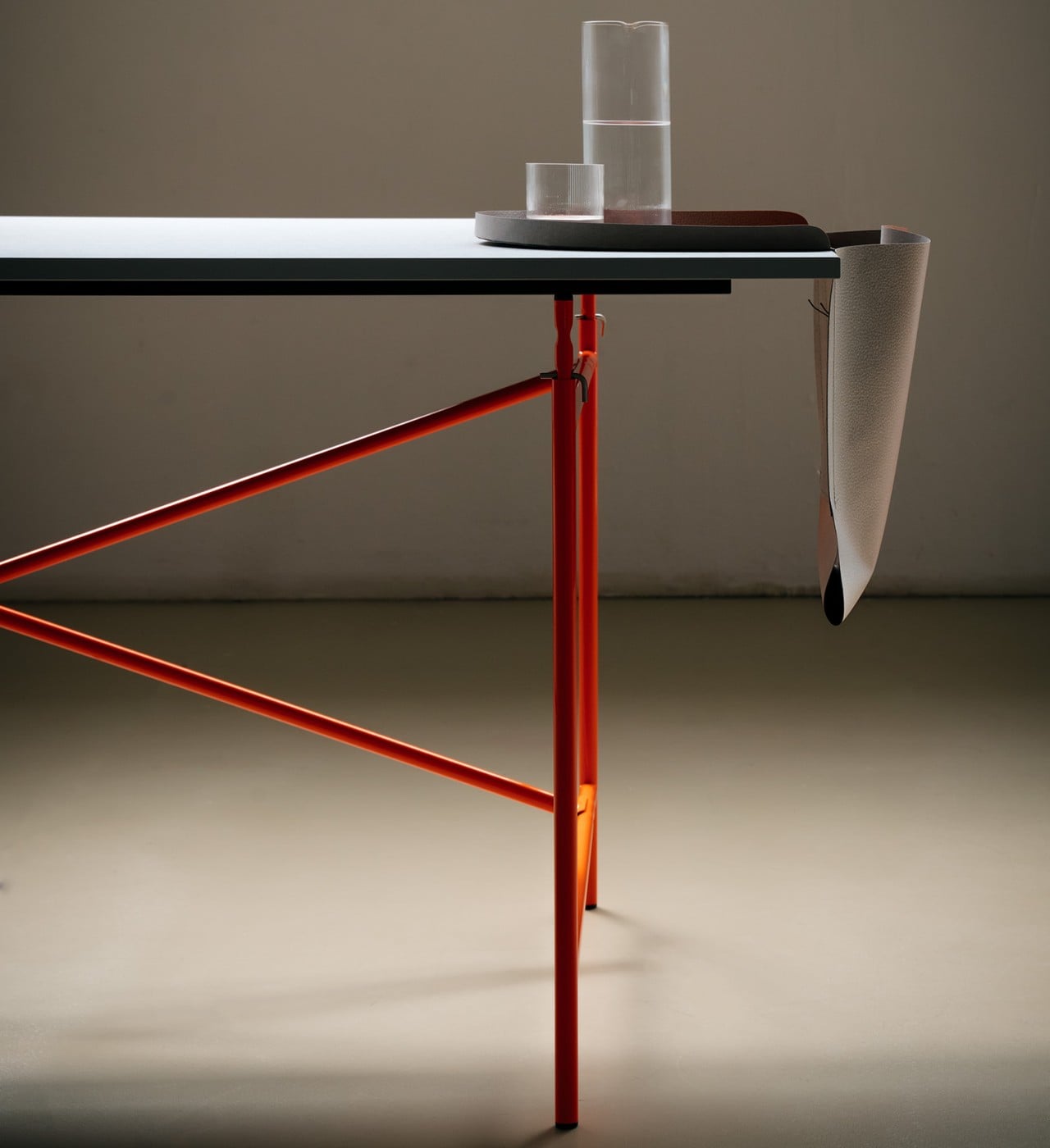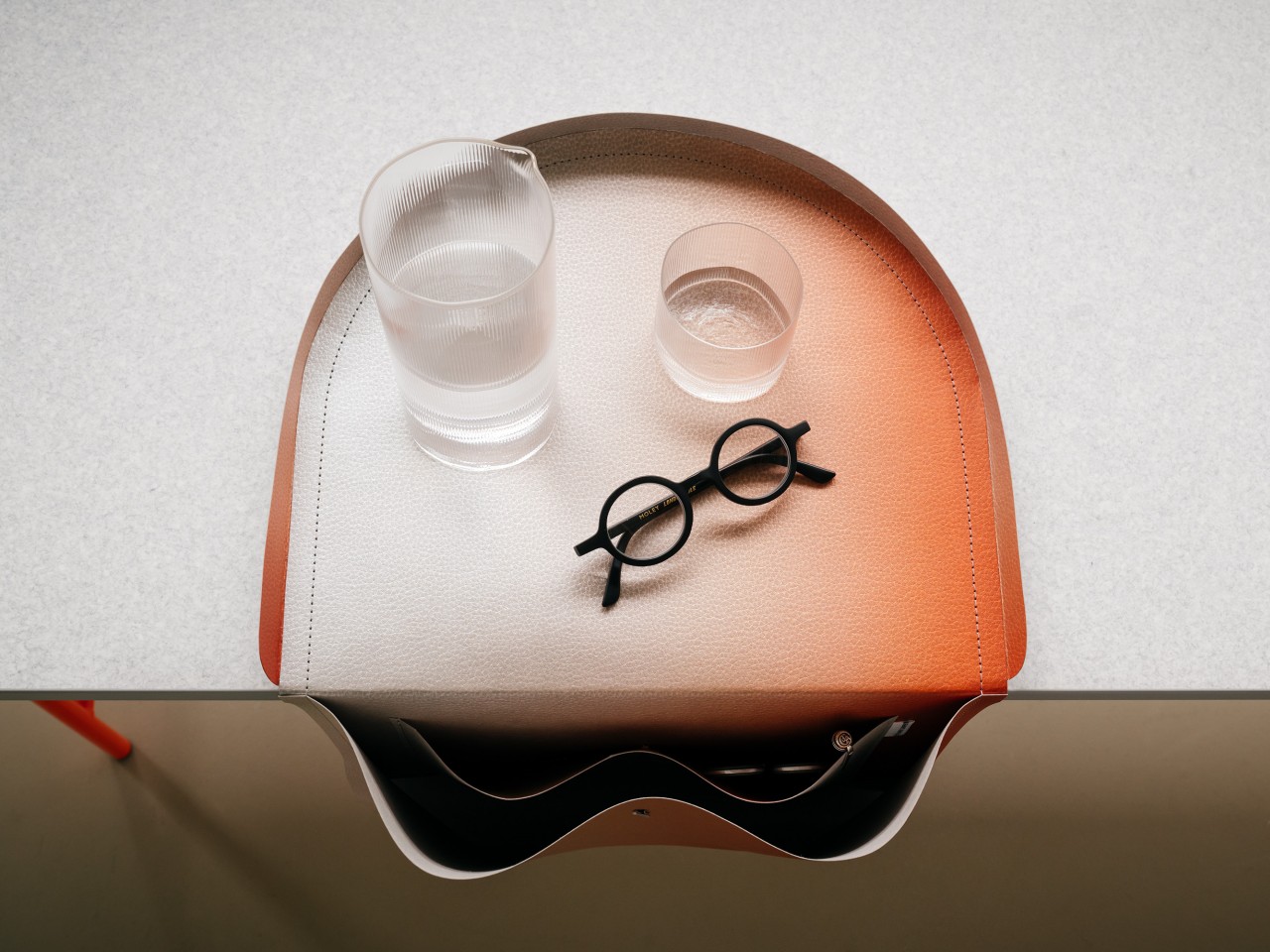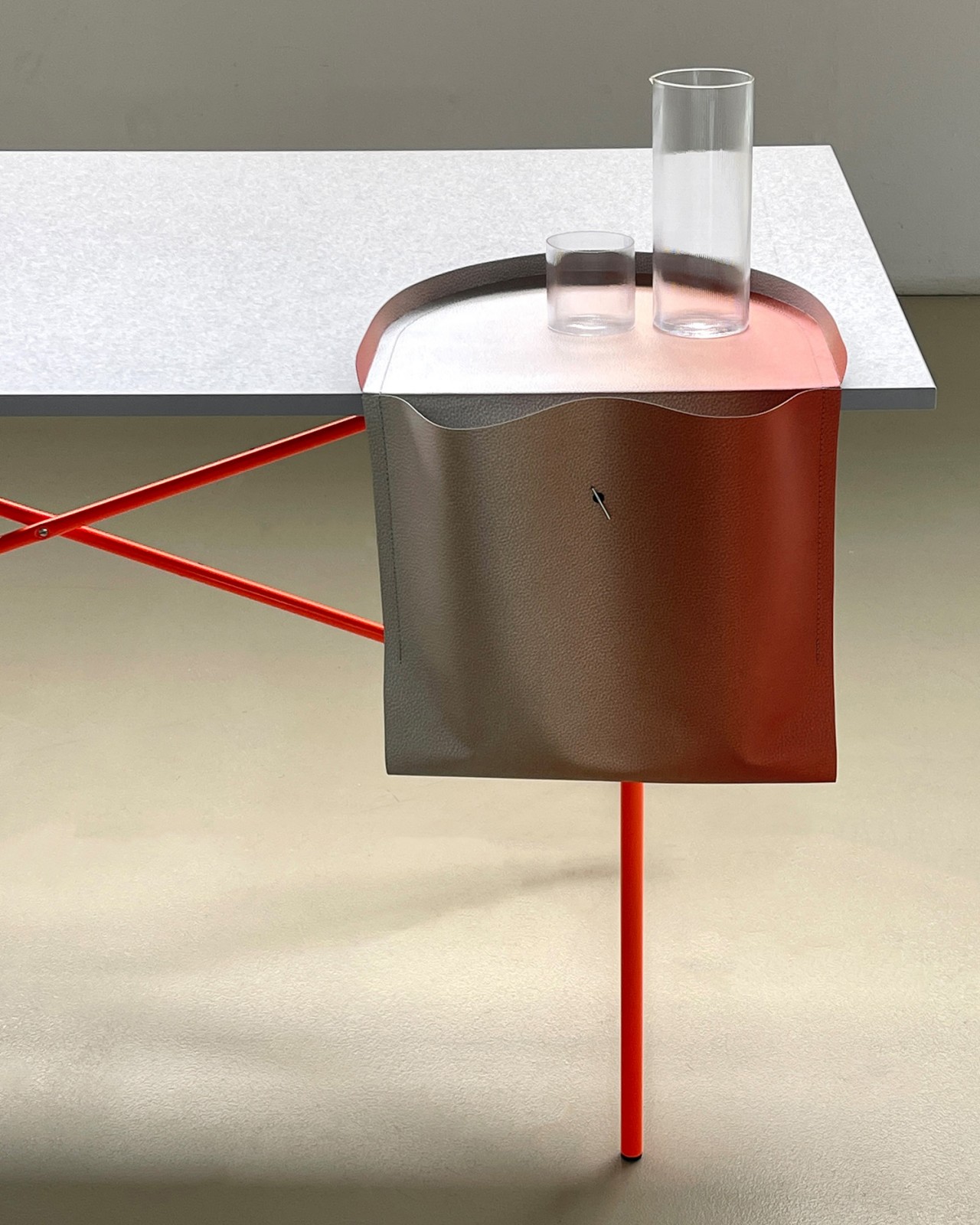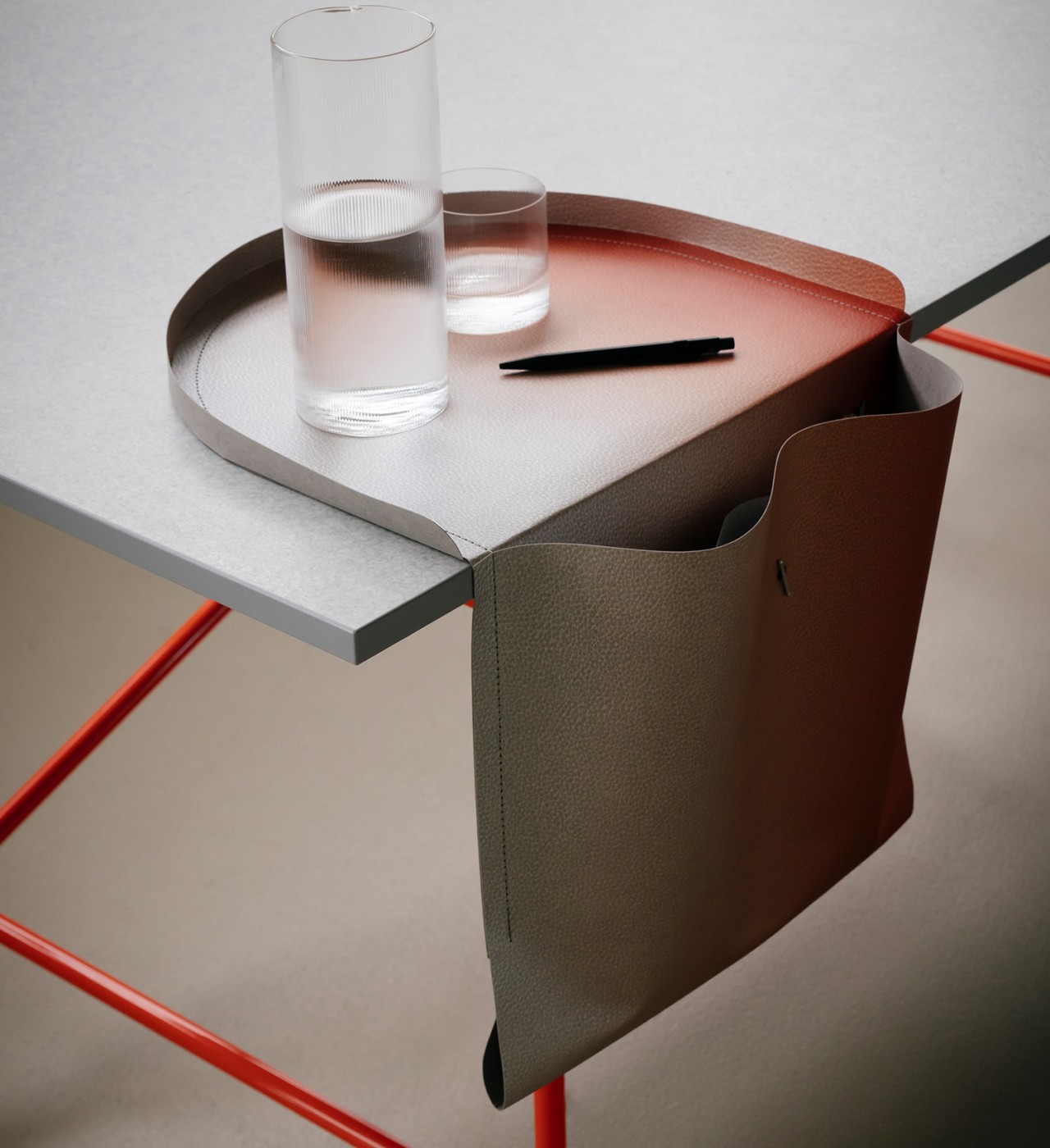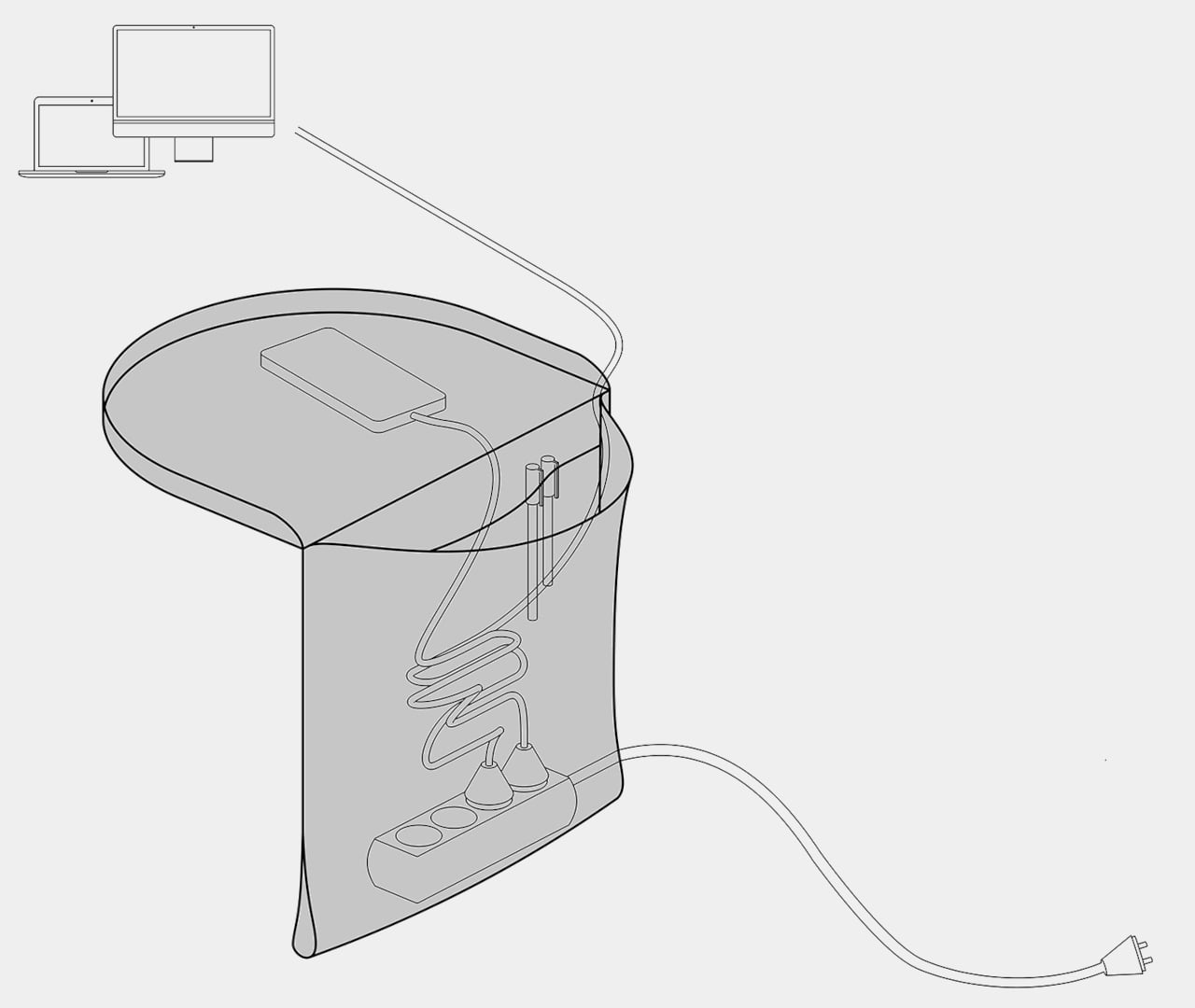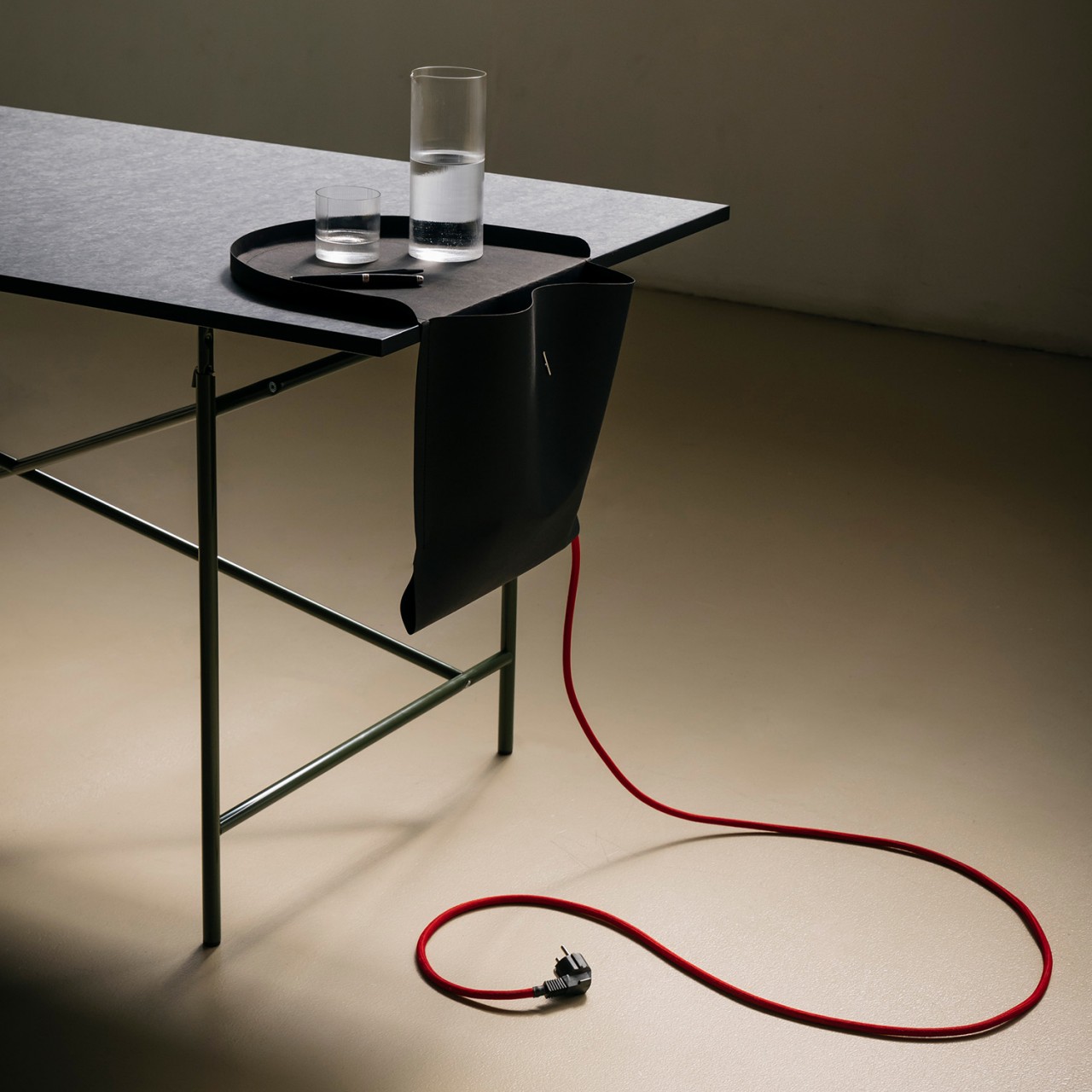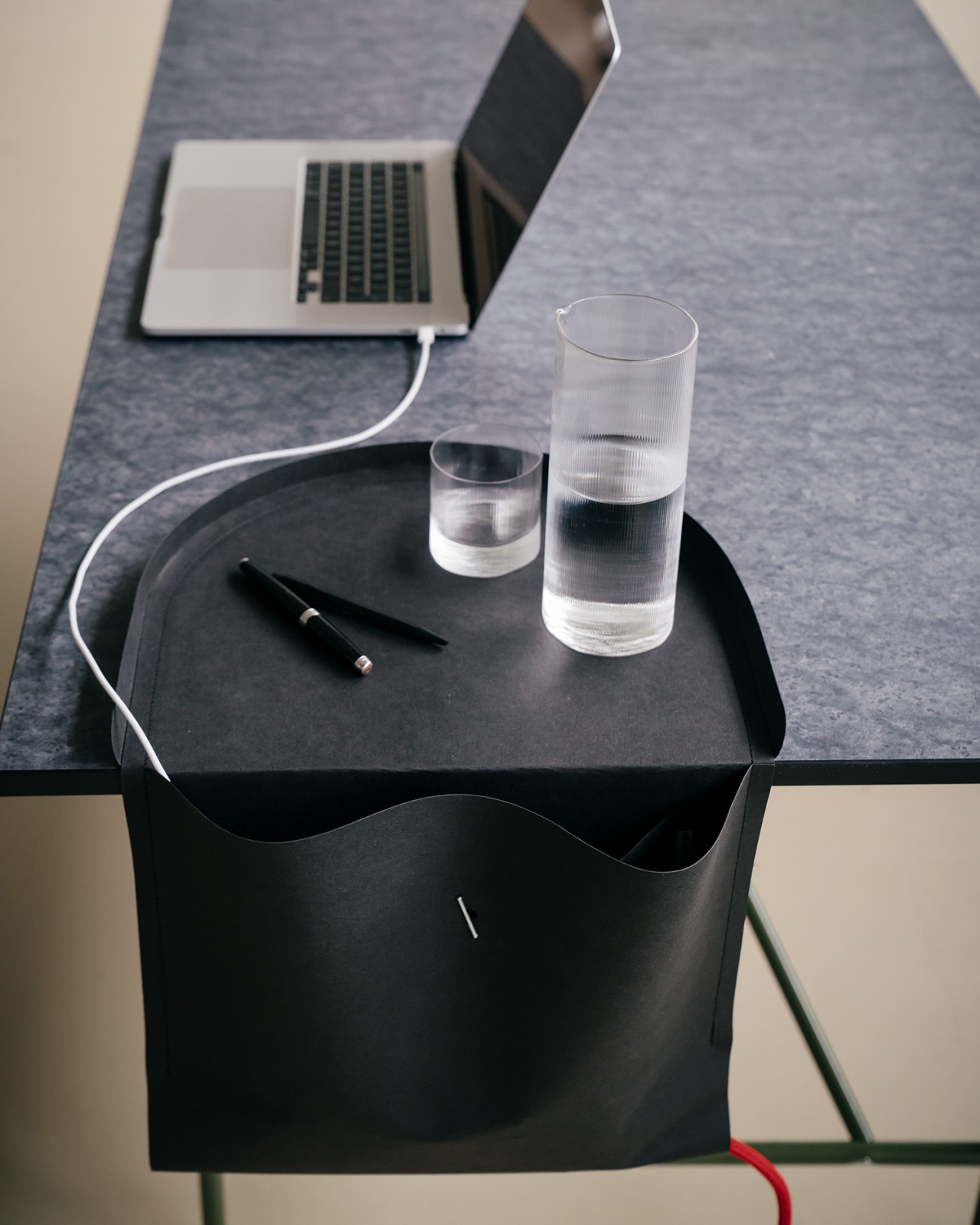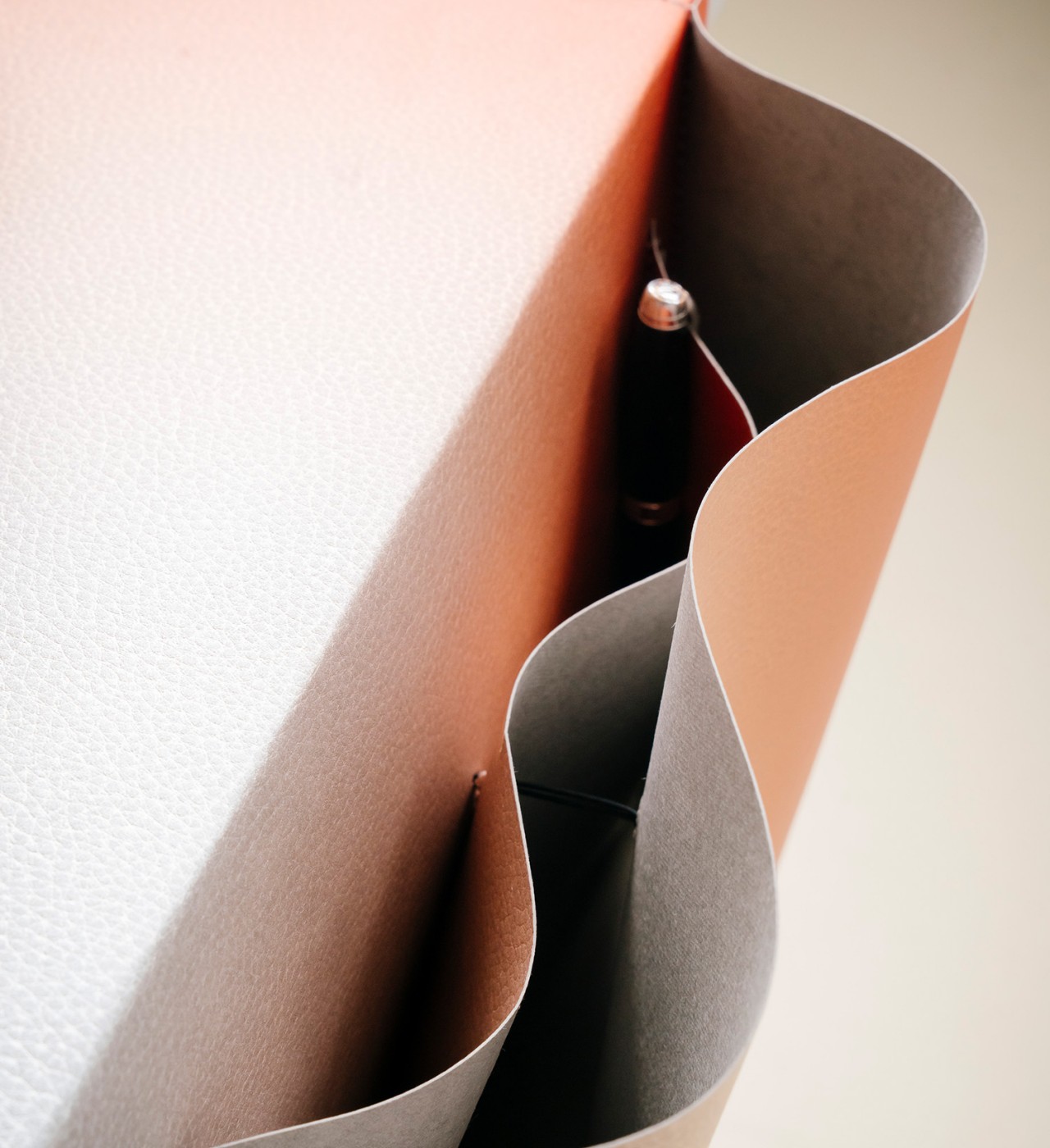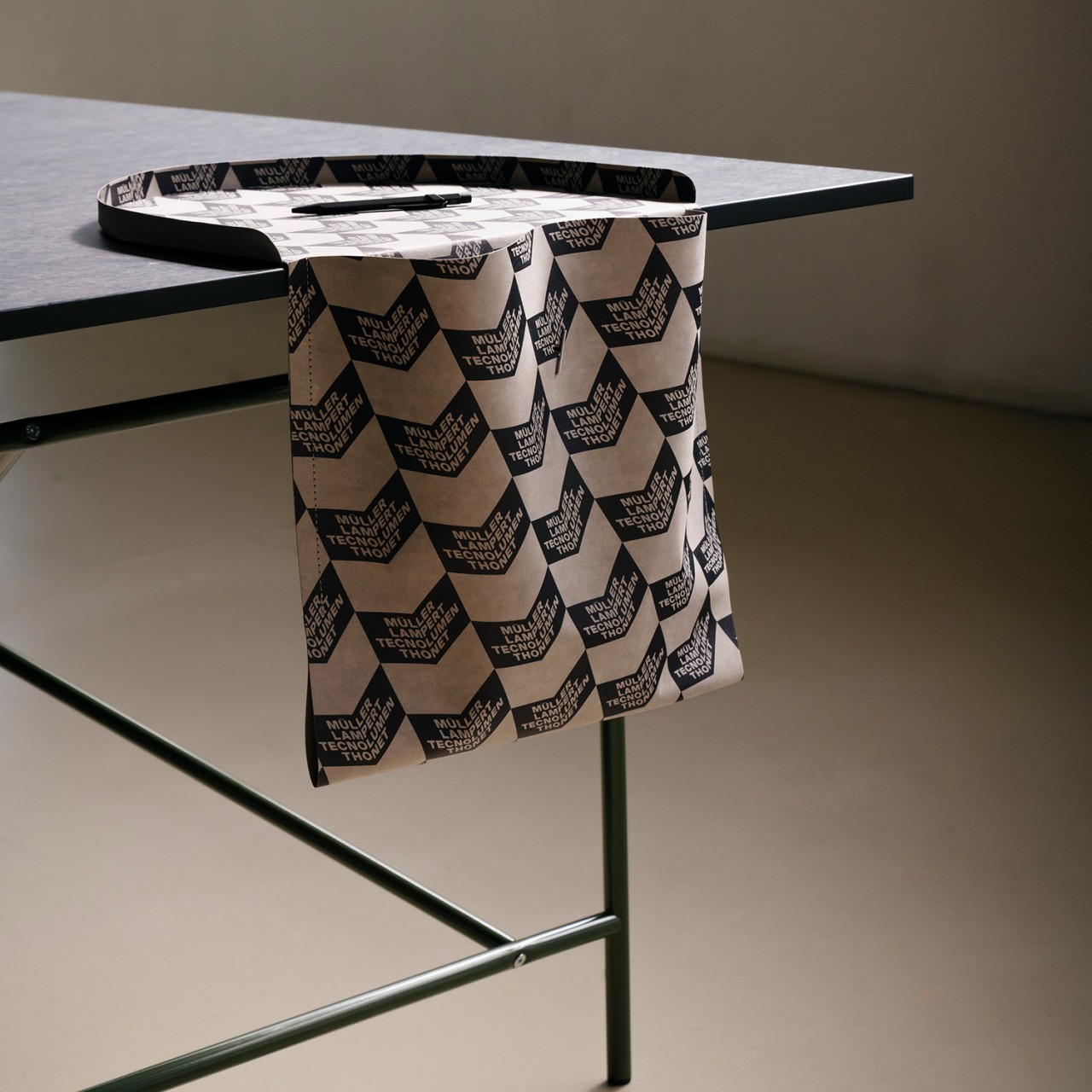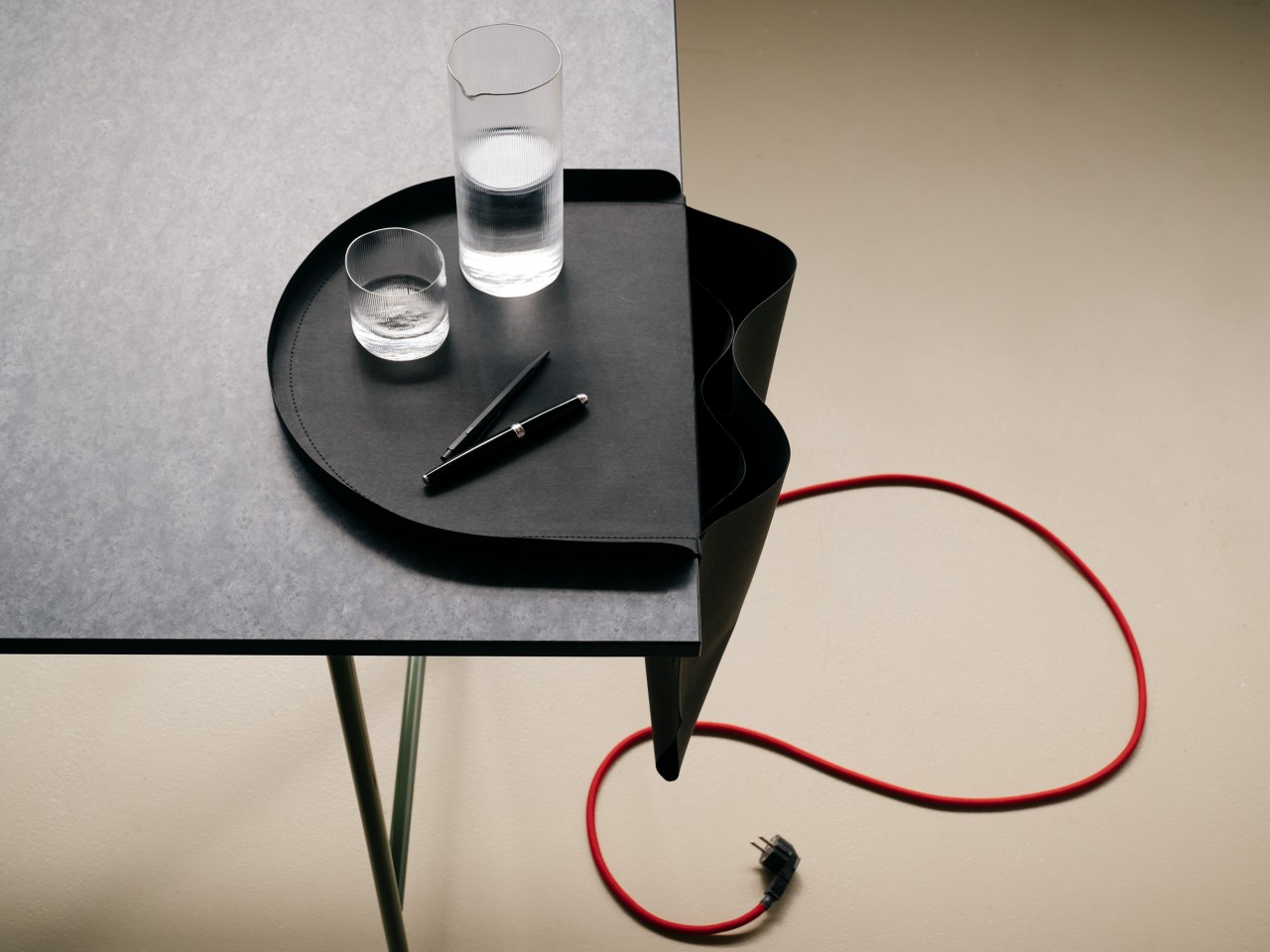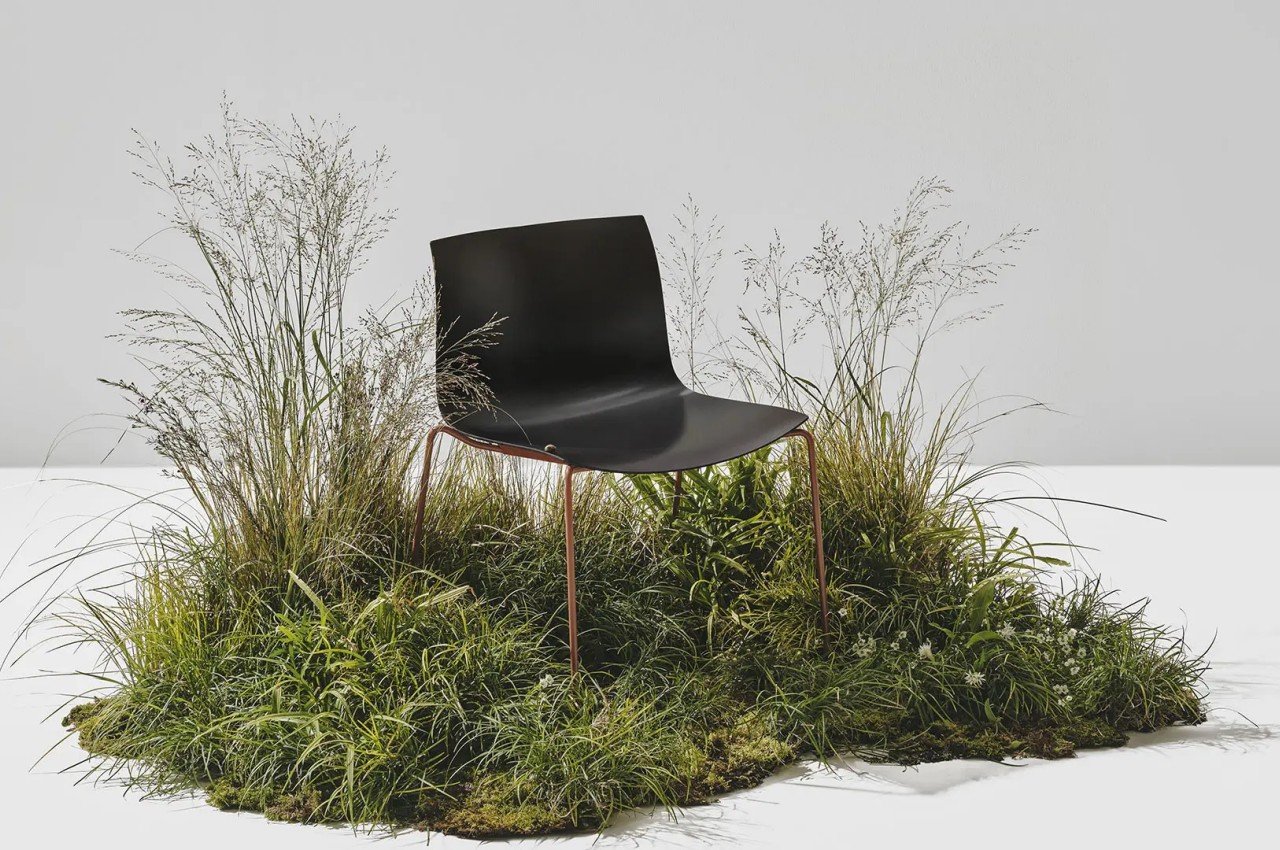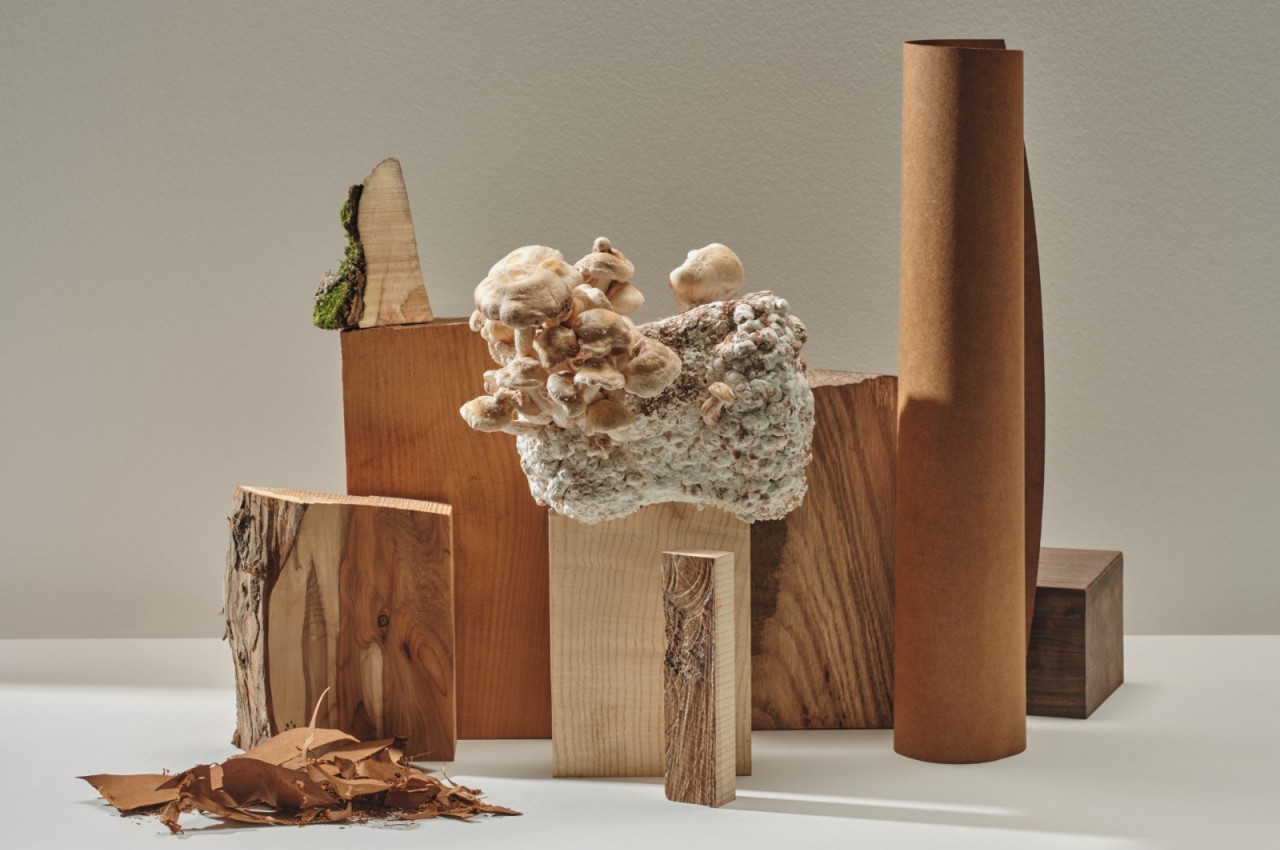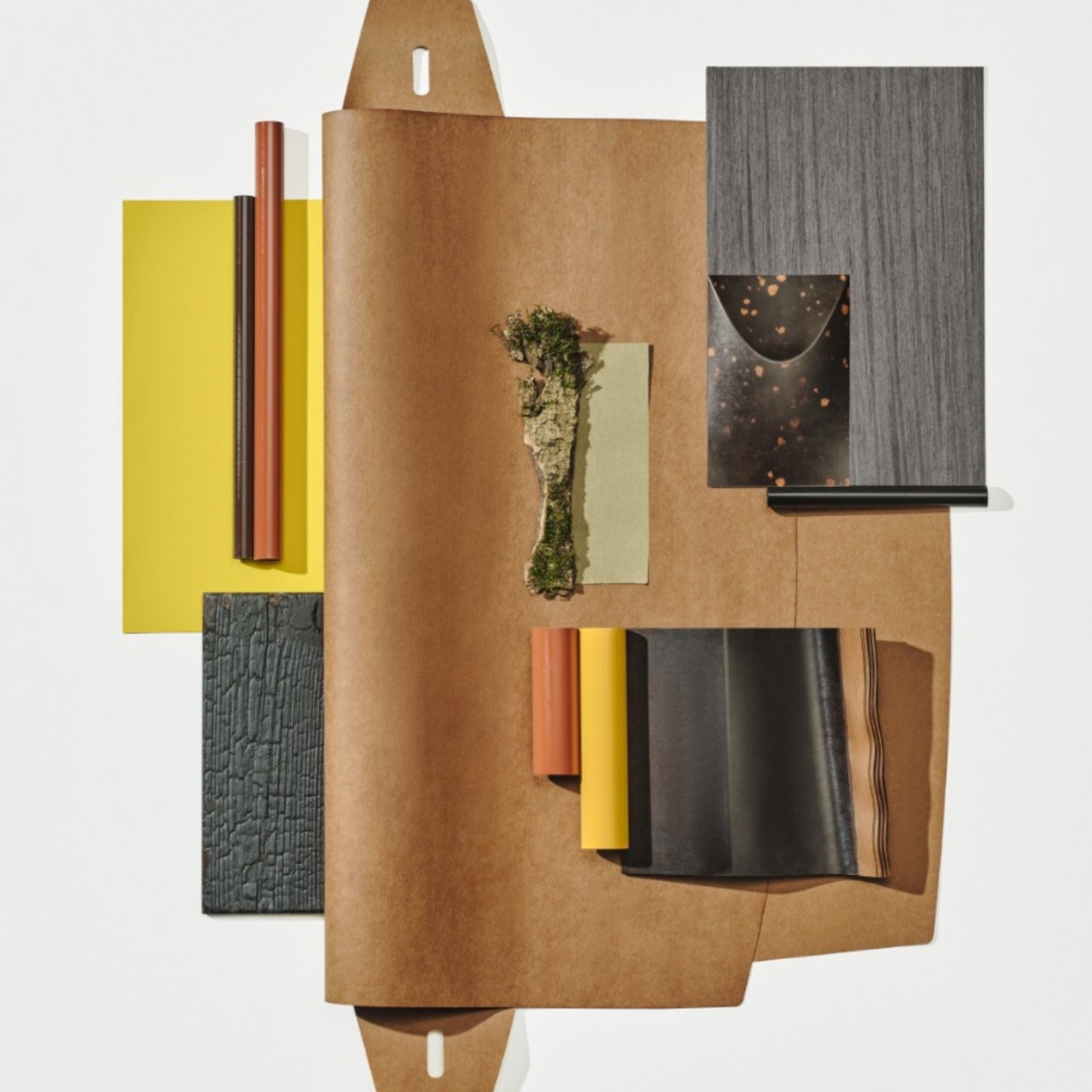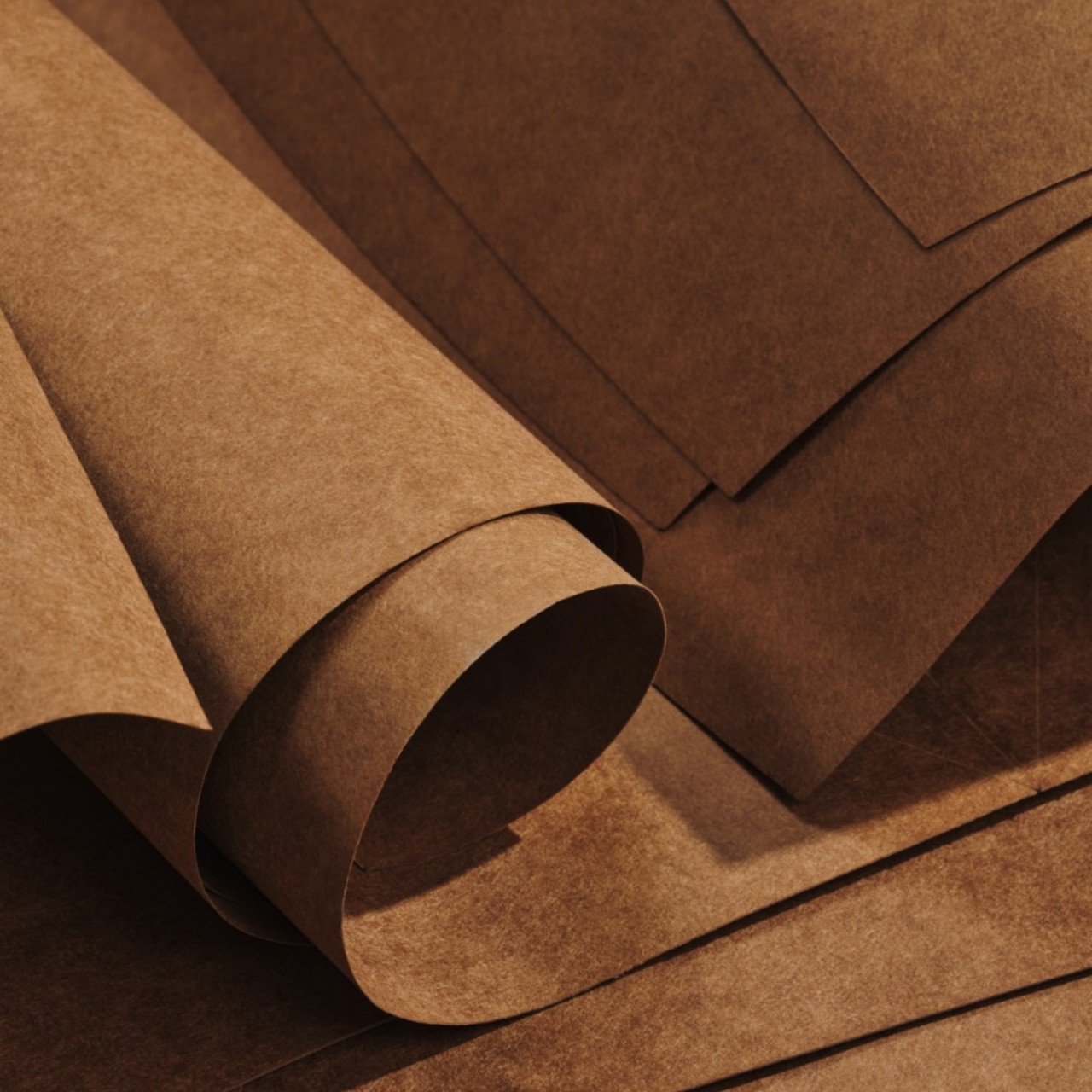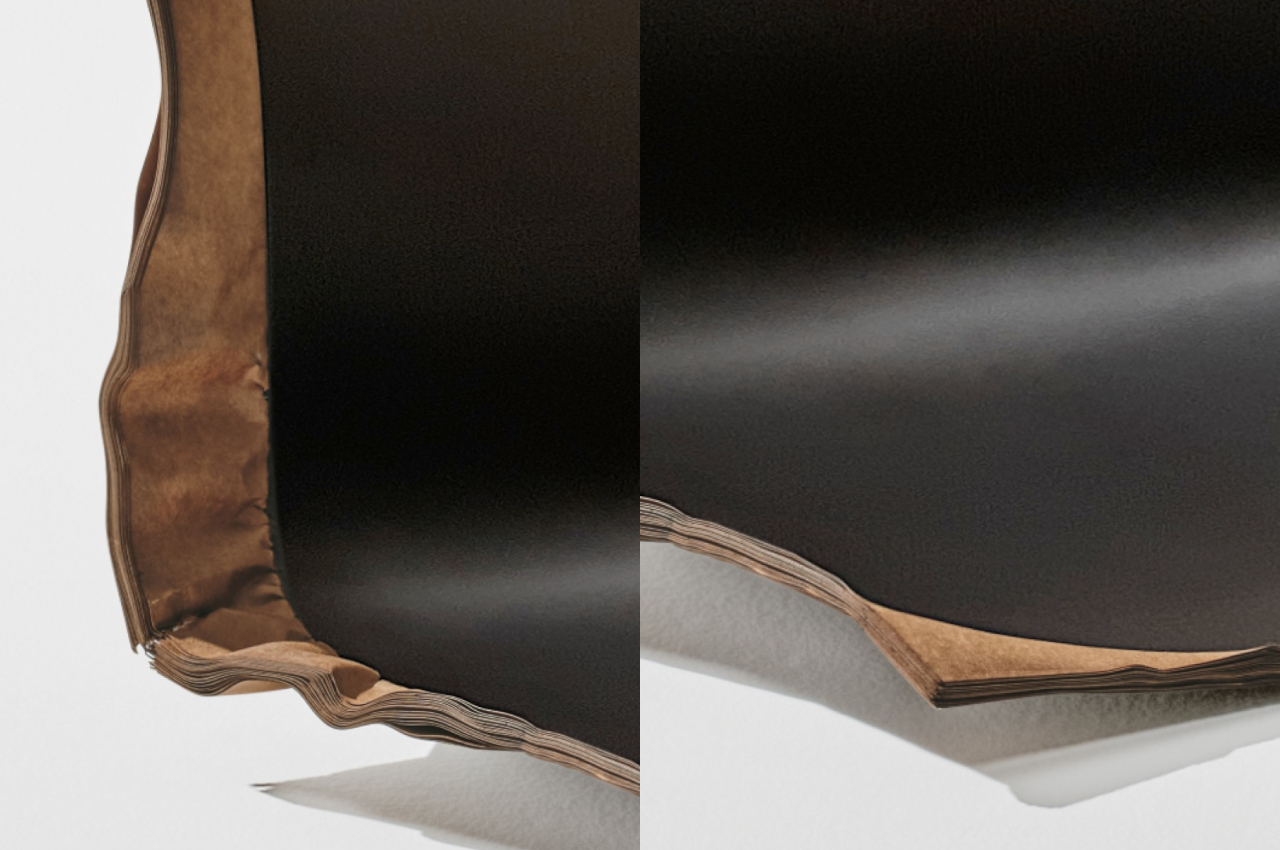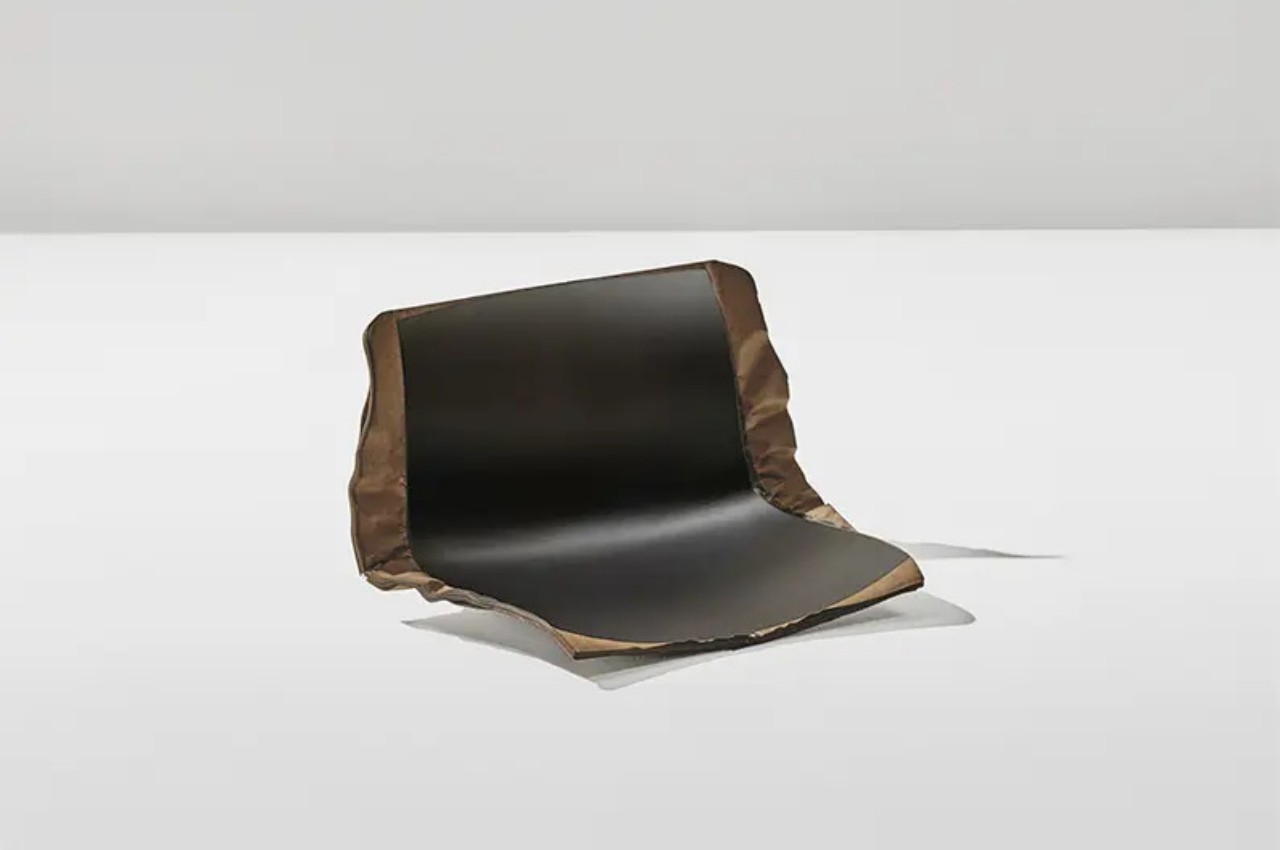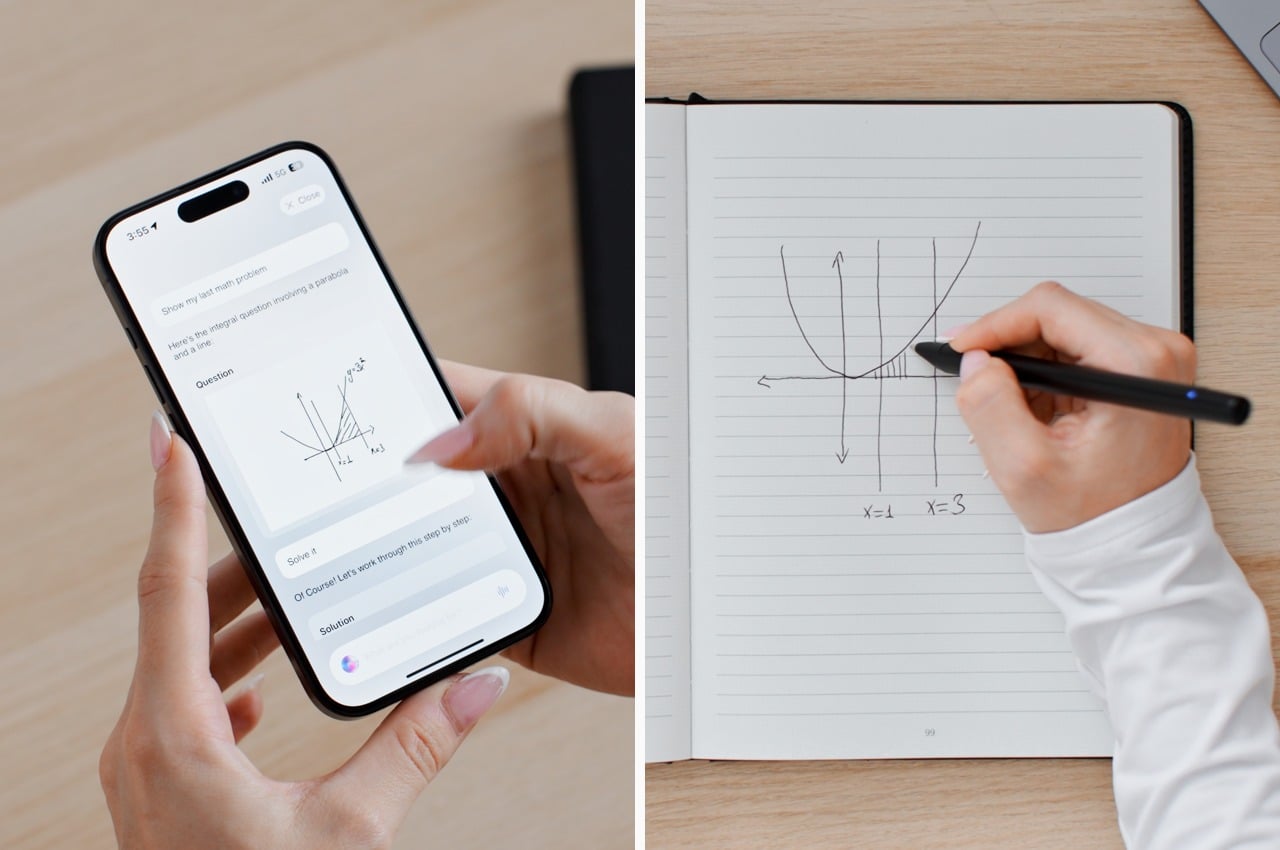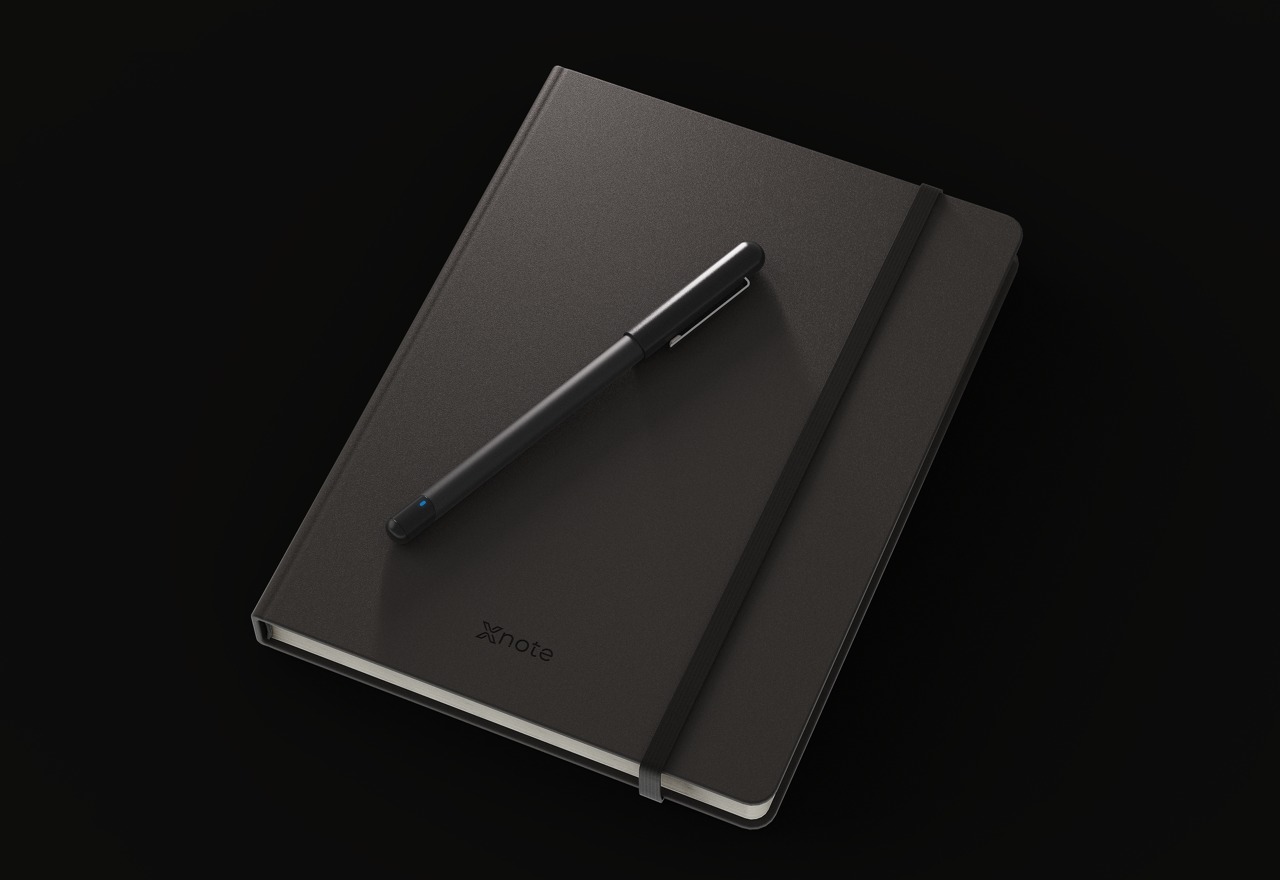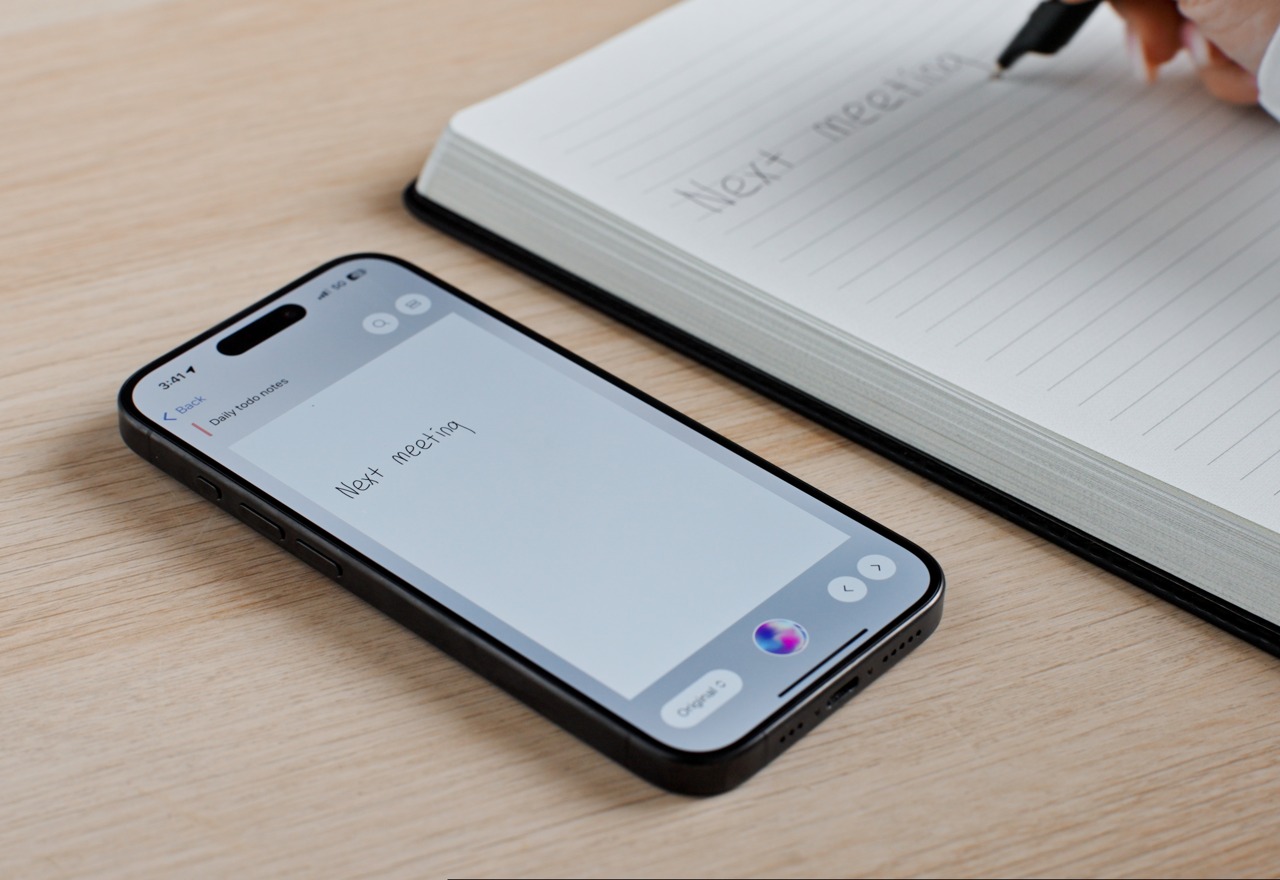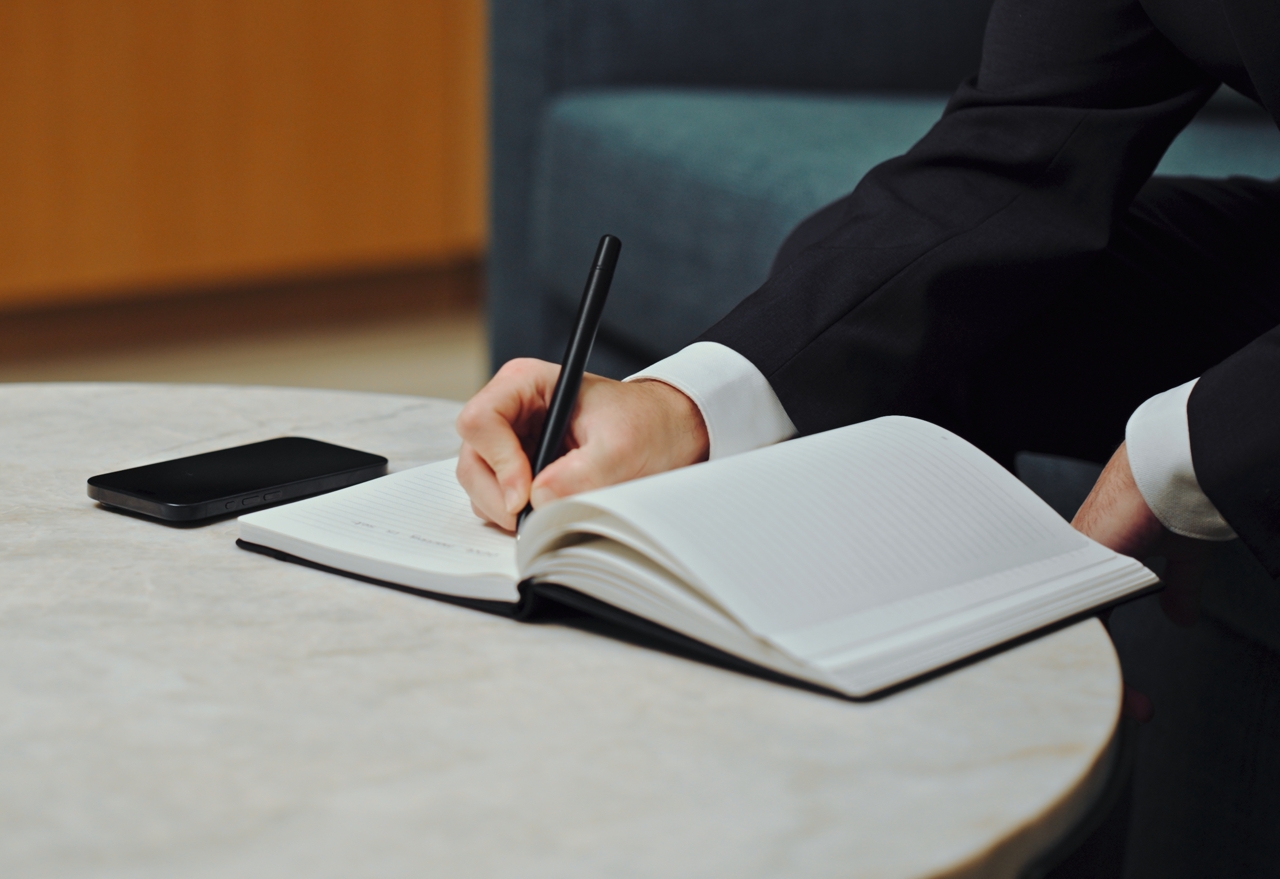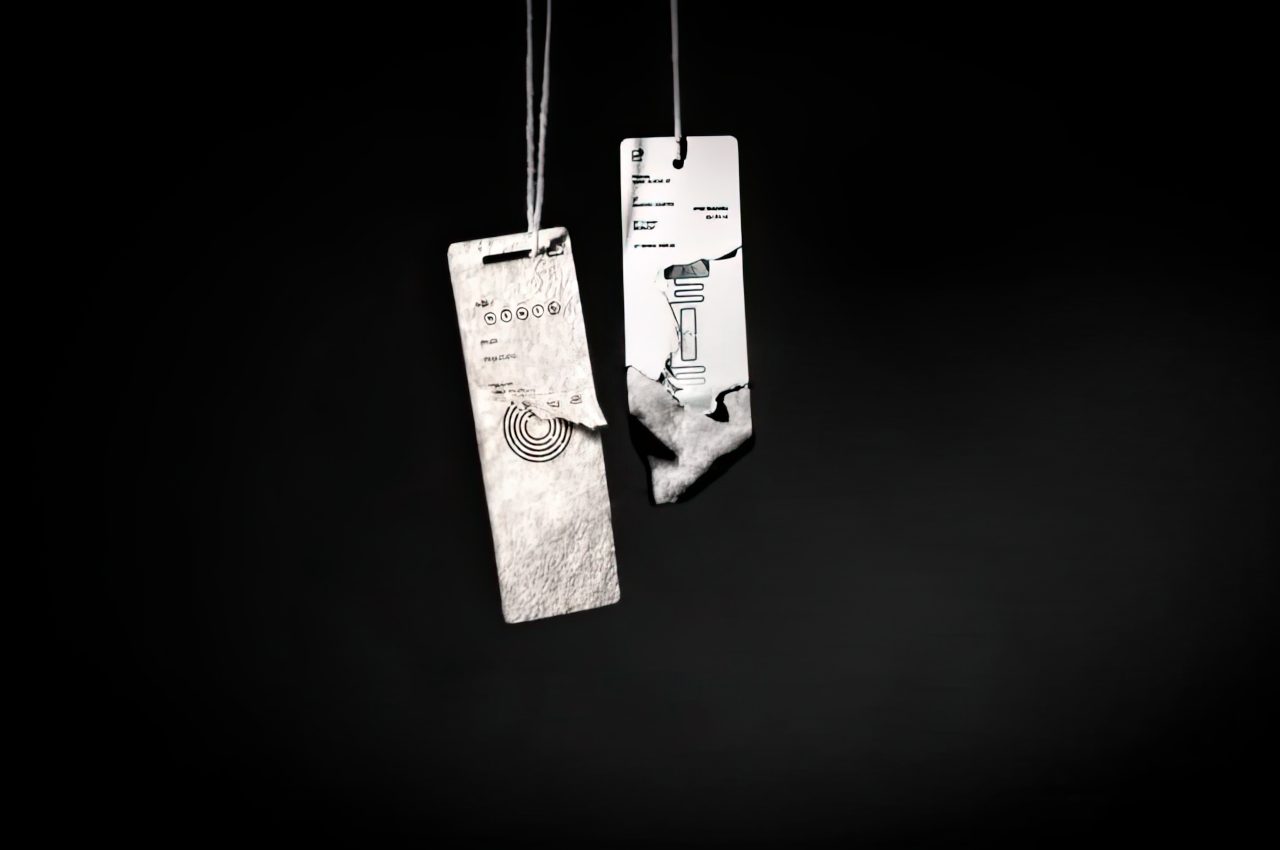You know that moment when you’re staring at a sink full of dishes after dinner, silently calculating how many paper plates you’d need to never deal with this again? Well, someone finally cracked the code, and it’s kind of brilliant. Meet the Peel Plate from Peelware, a stack of 20 ultra-thin paper layers compressed into one plate that you literally peel away after each meal.
Here’s how it works. You eat your dinner, finish up, and instead of tossing the entire plate or dragging it to the dishwasher, you just peel off the top layer to reveal a fresh, clean surface underneath. Each plate gives you 15 peelable servings, with five thick base layers that stay put to keep the whole thing sturdy. It’s like a notepad for your food, except way more practical and infinitely more satisfying to use.
Designer: Peelware

The design itself is where things get really interesting. These aren’t your flimsy cookout paper plates that buckle under a burger. Peelware uses natural materials like wood pulp and sugarcane bagasse, which are pressed together with heat and pressure instead of glue or chemicals. The fibers in the paper literally bind during compression, creating a stable multi-layer structure that separates cleanly when you peel. No plastic, no dyes, no waxy coatings, and a plant-based waterproof layer means you can load them up with saucy pasta or soup without any sogginess or breakthrough.
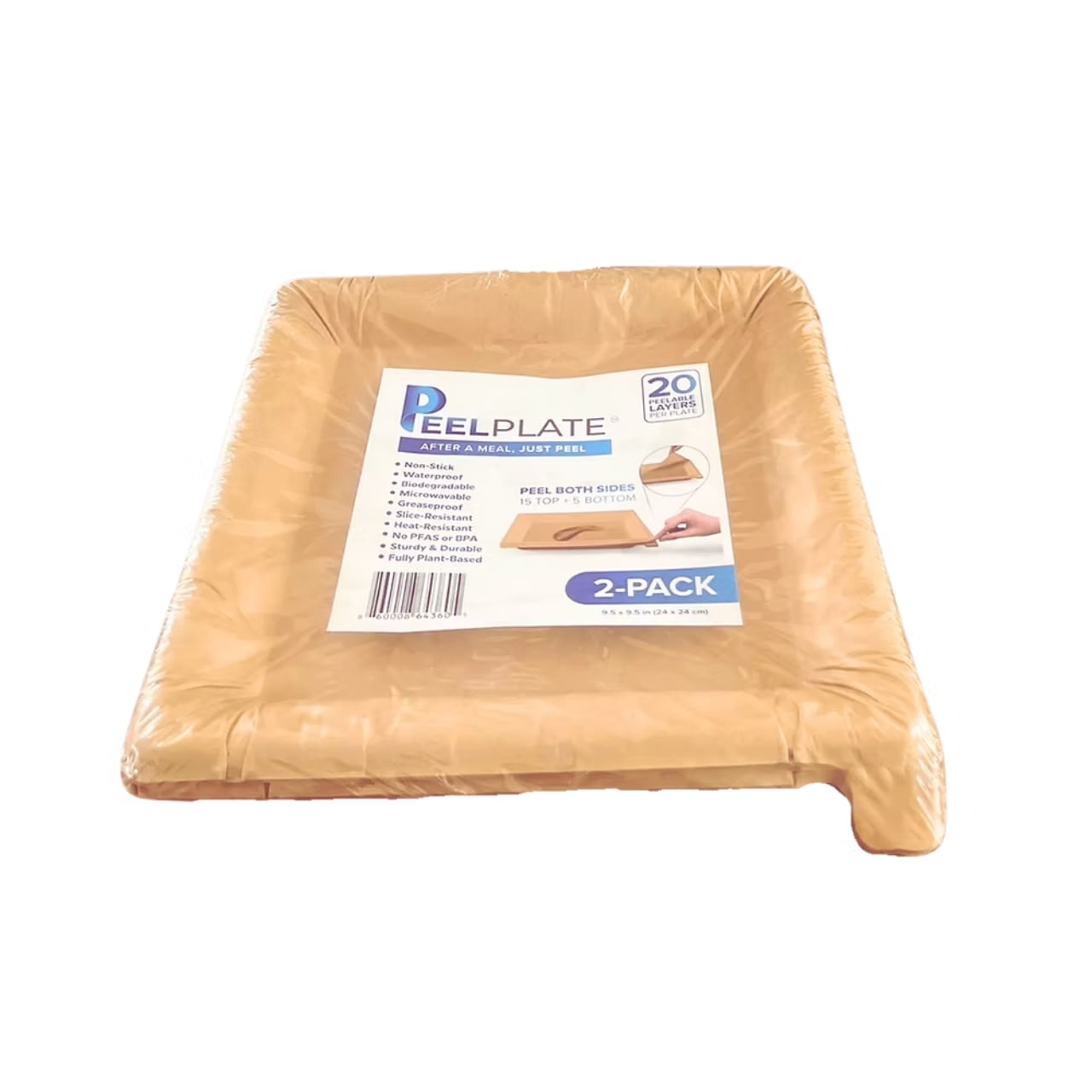
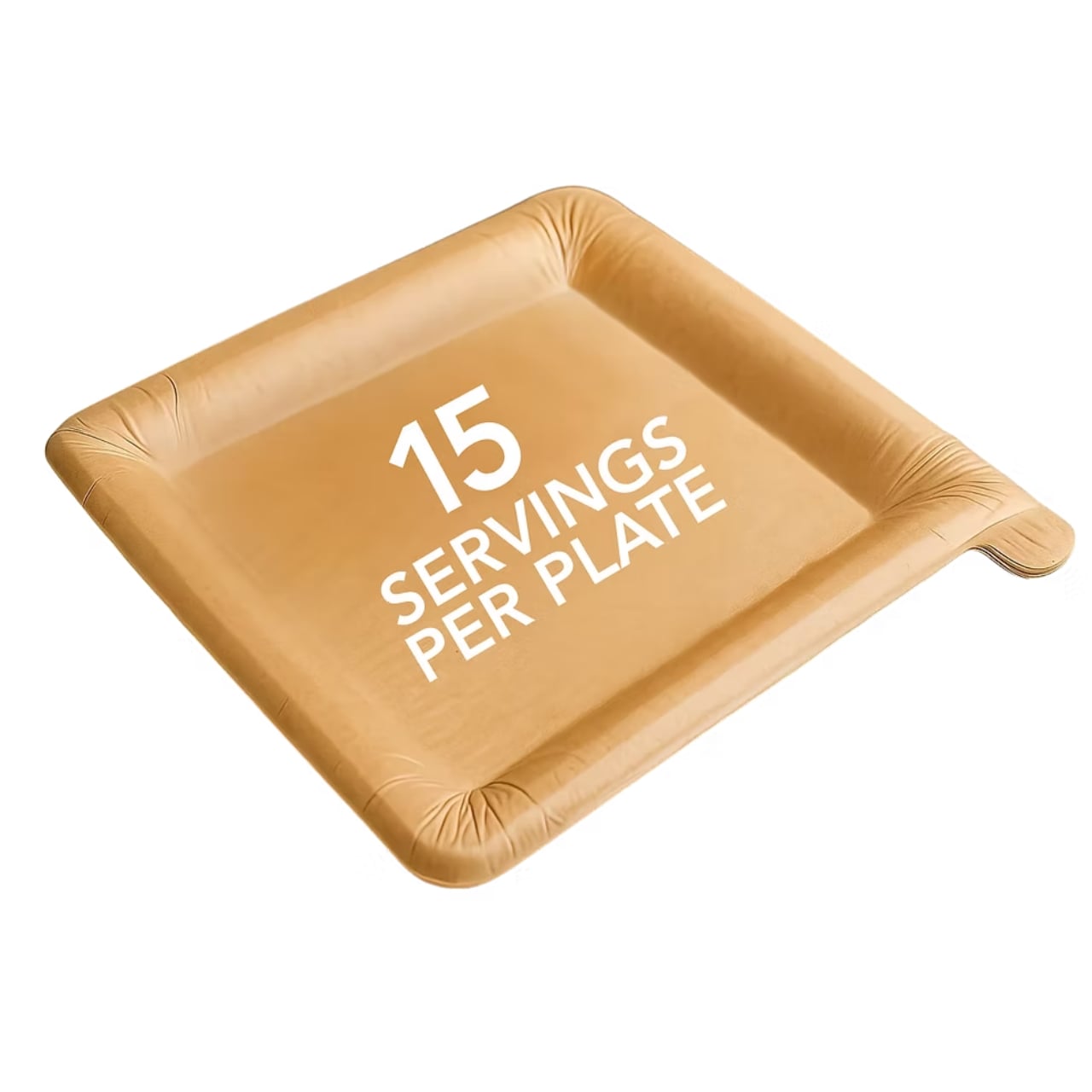
What really makes this product stand out is the sheer efficiency of it all. We’re talking about 90% less paper per use compared to regular disposable plates. A 10-pack of Peel Plates gives you 150 uses, which translates to way less waste piling up in your trash can and a lot more space in your pantry. Imagine storing several months’ worth of plates in the same spot where you used to keep a week’s supply. Plus, they weigh almost nothing, which makes them perfect for camping trips, picnics, or anywhere you can’t exactly haul around ceramic dinnerware.
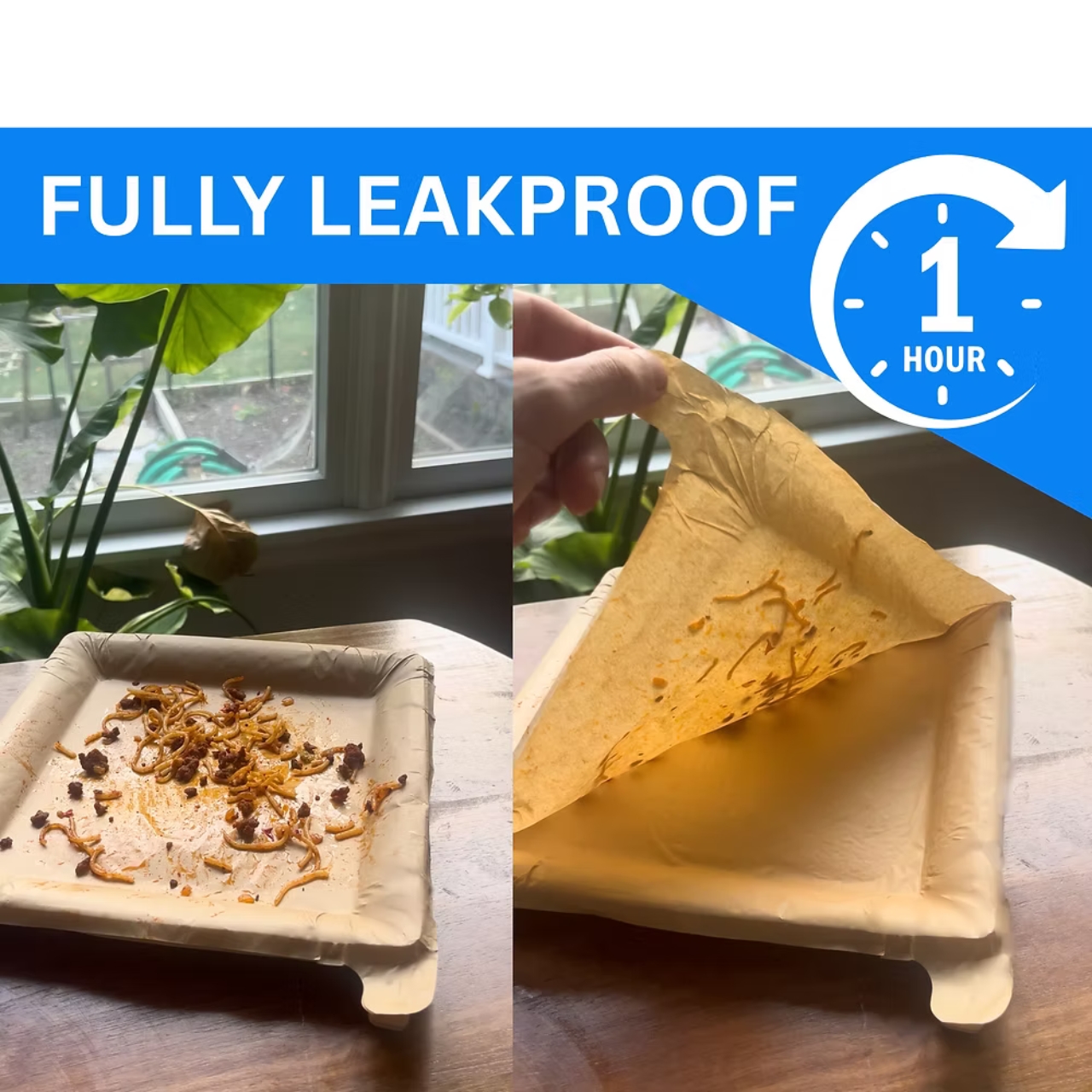
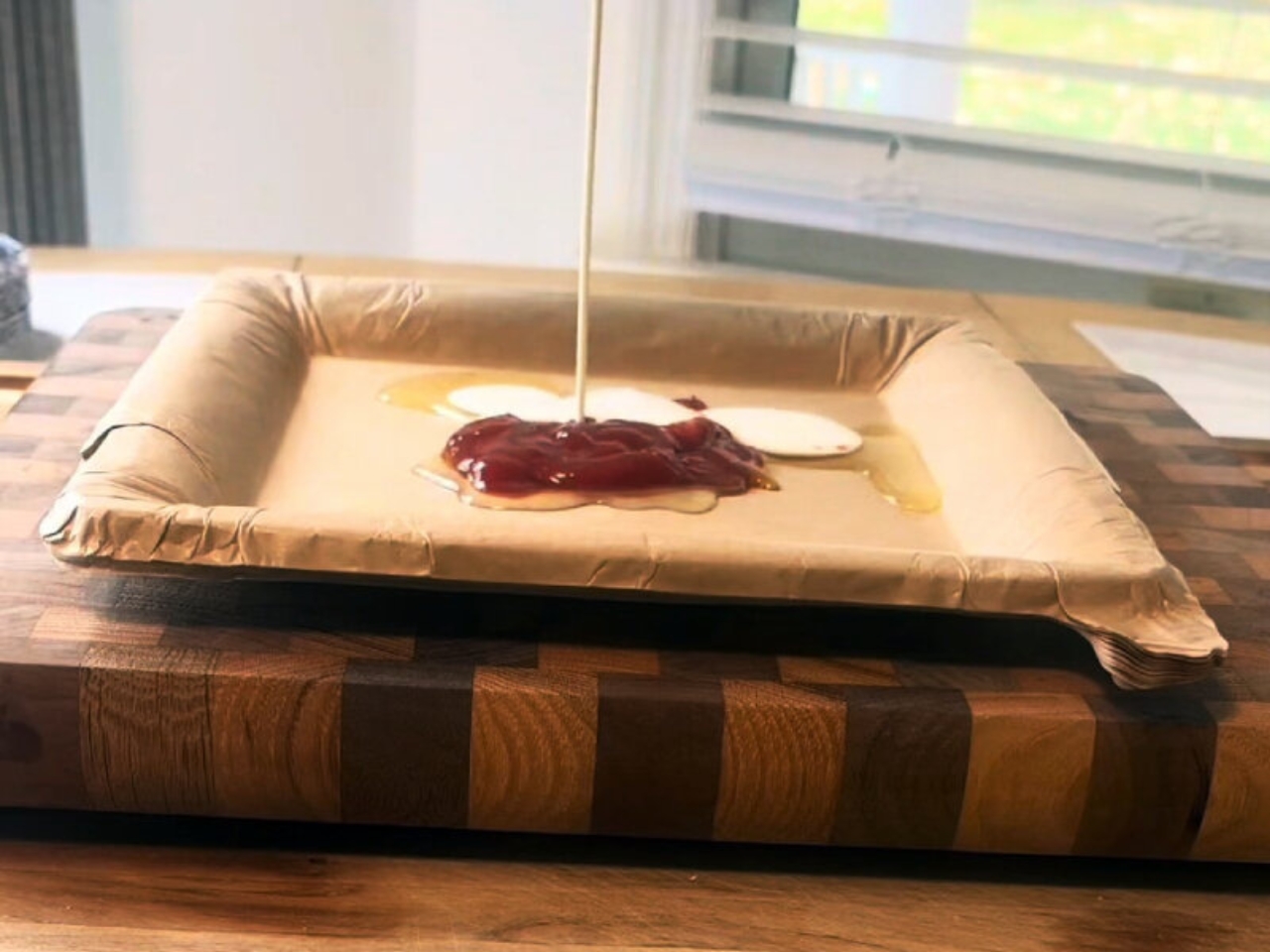
The whole concept taps into that sweet spot between convenience and sustainability. Single-use plates are easy but wasteful. Reusable dishes are eco-friendly but require water, soap, and effort. Peel Plates split the difference by giving you multiple uses from one item while still being fully biodegradable when you’re done with it. And because the materials are natural and FDA-approved, you’re not eating off anything sketchy or chemical-laden.
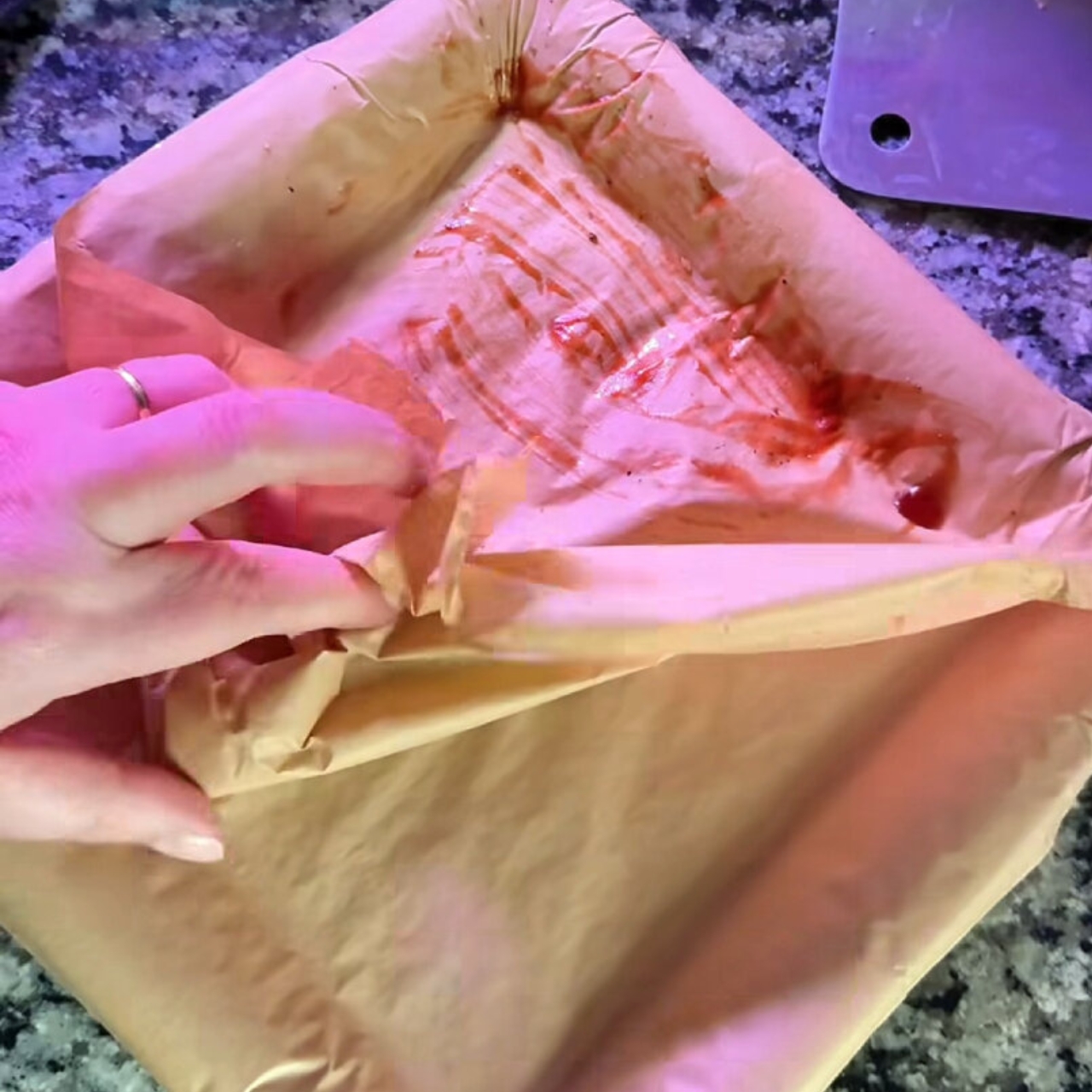
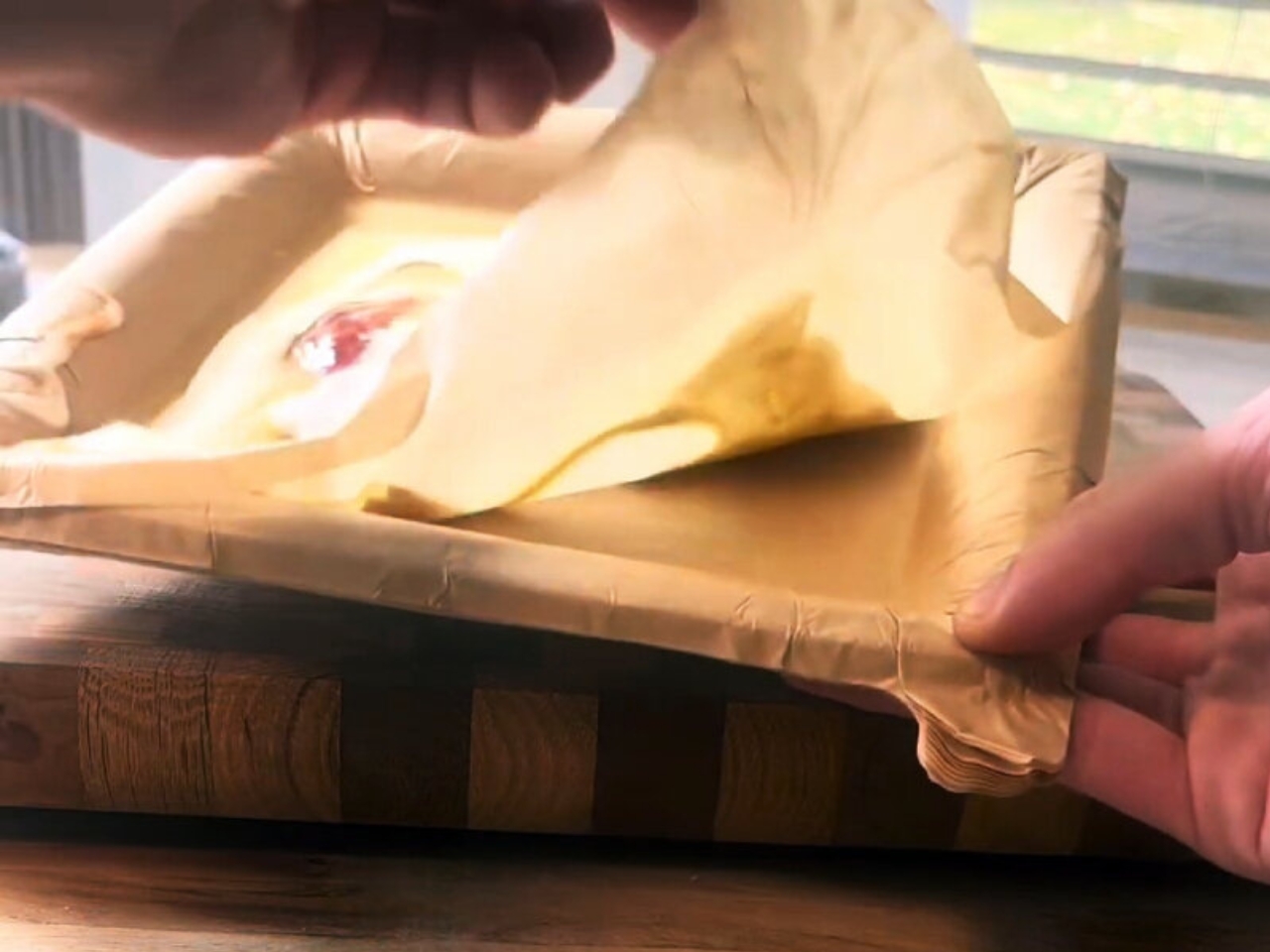
Now, are these the answer to all our dish-doing woes? Probably not. If you’re hosting Thanksgiving dinner for twenty people, you’ll still need a game plan. But for everyday meals, late-night snacks, kids’ lunches, or those nights when doing dishes feels like climbing Everest, this is a genuinely clever solution. The plates are cut-resistant, grease-proof, and sturdy enough to handle heavy or hot foods without collapsing. You can slice a steak on one of these and it’ll hold up just fine. There’s something oddly delightful about the peel-away action too. It’s tactile, it’s instant, and it feels like a tiny life hack every single time you use it. You finish eating, give the edge a little tug, and boom, brand new plate. It’s the kind of small moment that makes you wonder why nobody thought of this sooner.
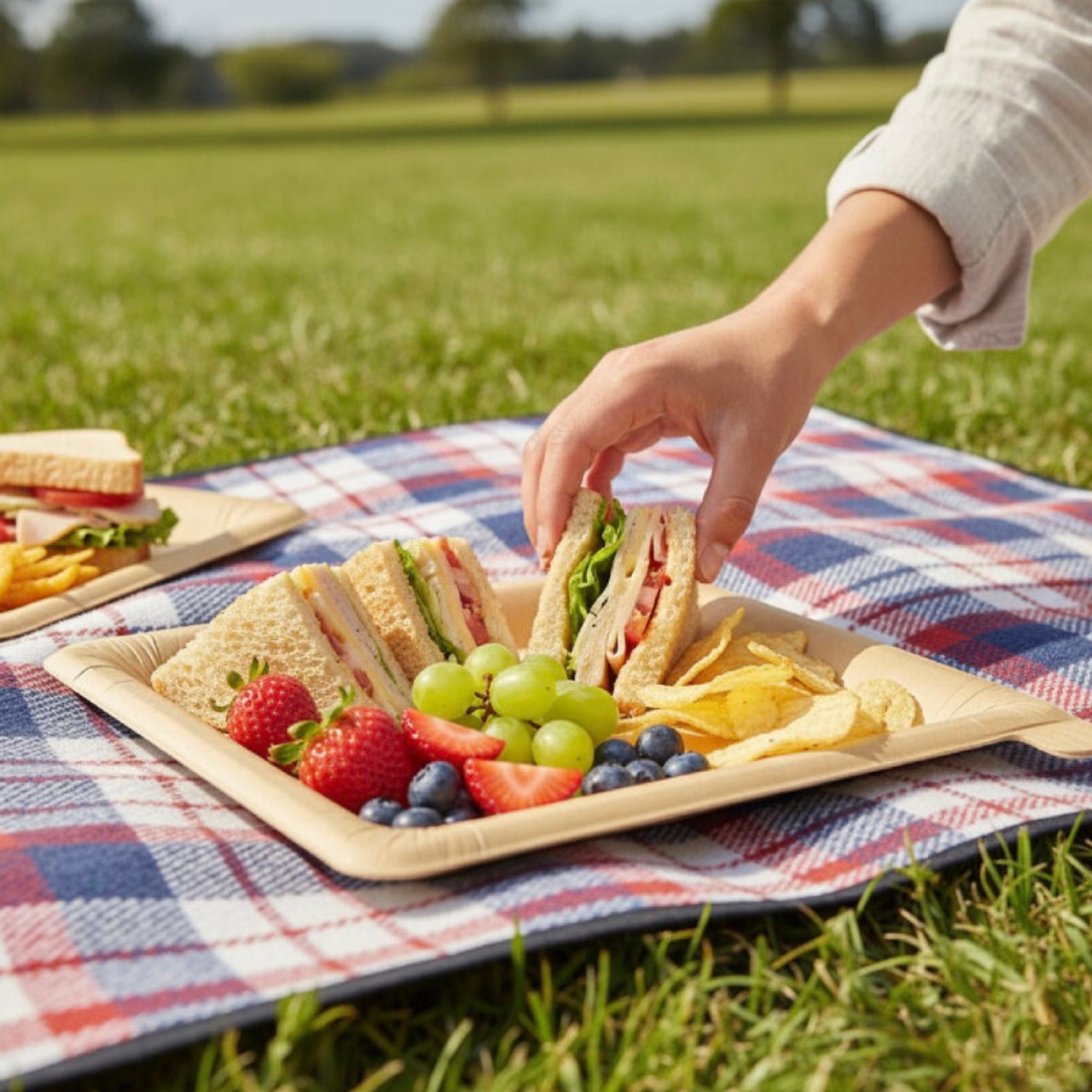

Peelware is planning to expand the product line beyond plates to include other peelable dinnerware by 2026, which could mean bowls, trays, or who knows what else. For now, the Peel Plate is available online starting at around $9.99 for a five-pack, which breaks down to about 13 cents per serving. Not bad for something that saves you time, space, and a whole lot of scrubbing. It’s the kind of innovation that makes sense once you see it but feels almost revolutionary in its simplicity. Less waste, less hassle, and a more sustainable way to handle the meals where washing up just isn’t in the cards. Sometimes the best designs aren’t the flashiest ones, they’re the ones that make everyday life a little bit easier.

The post Peel Your Plate Clean: 15 Servings, Zero Dishwashing first appeared on Yanko Design.
